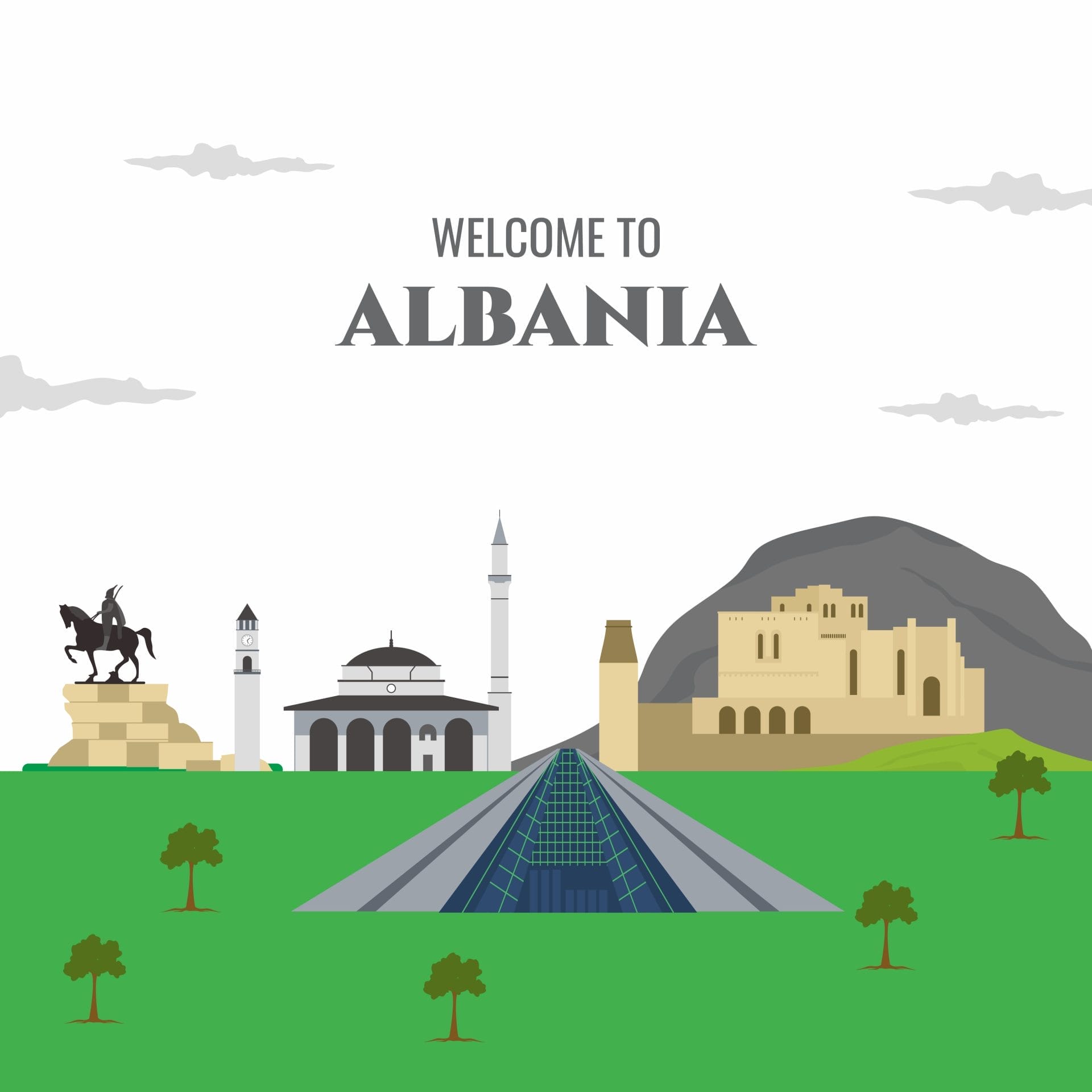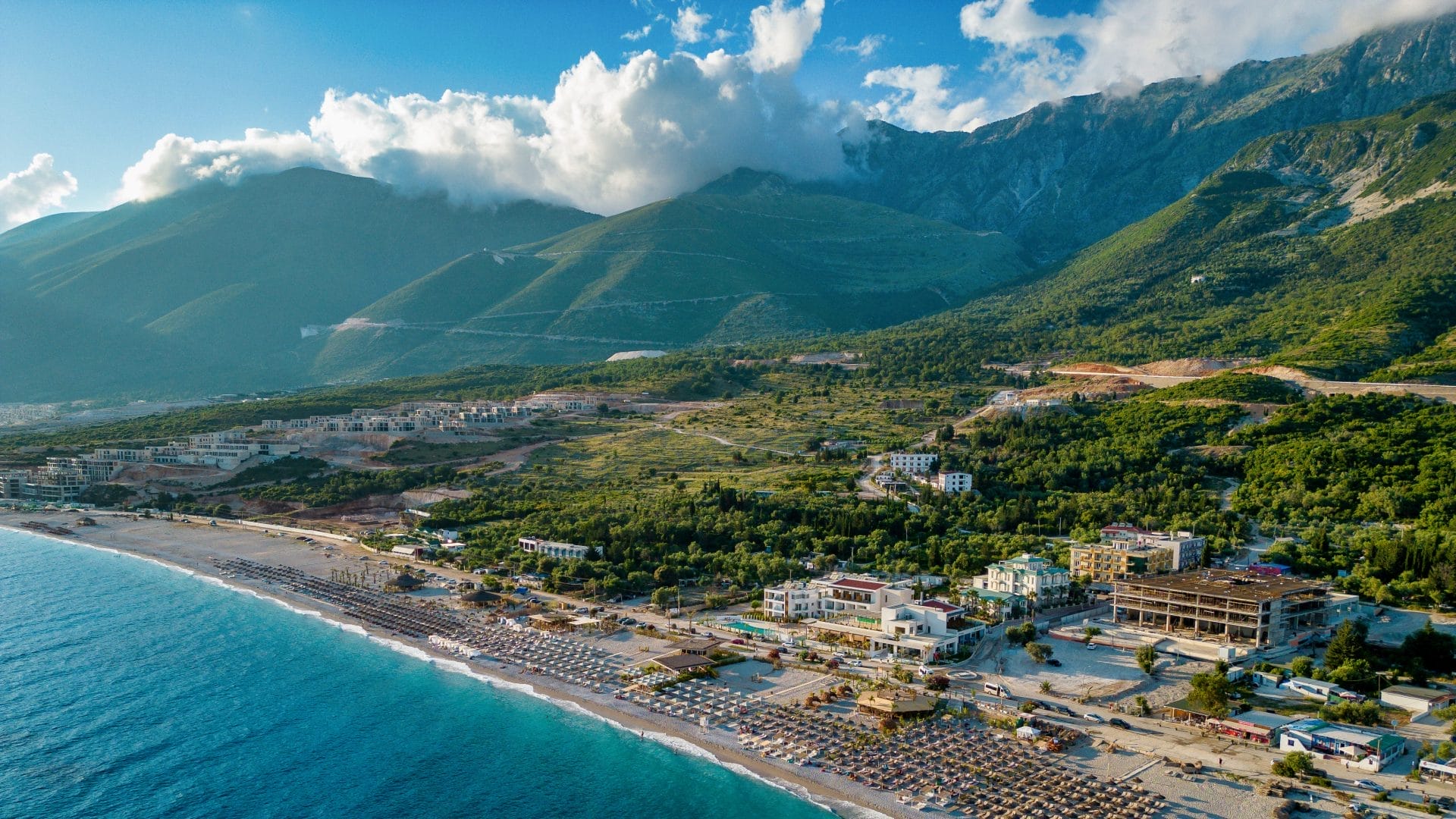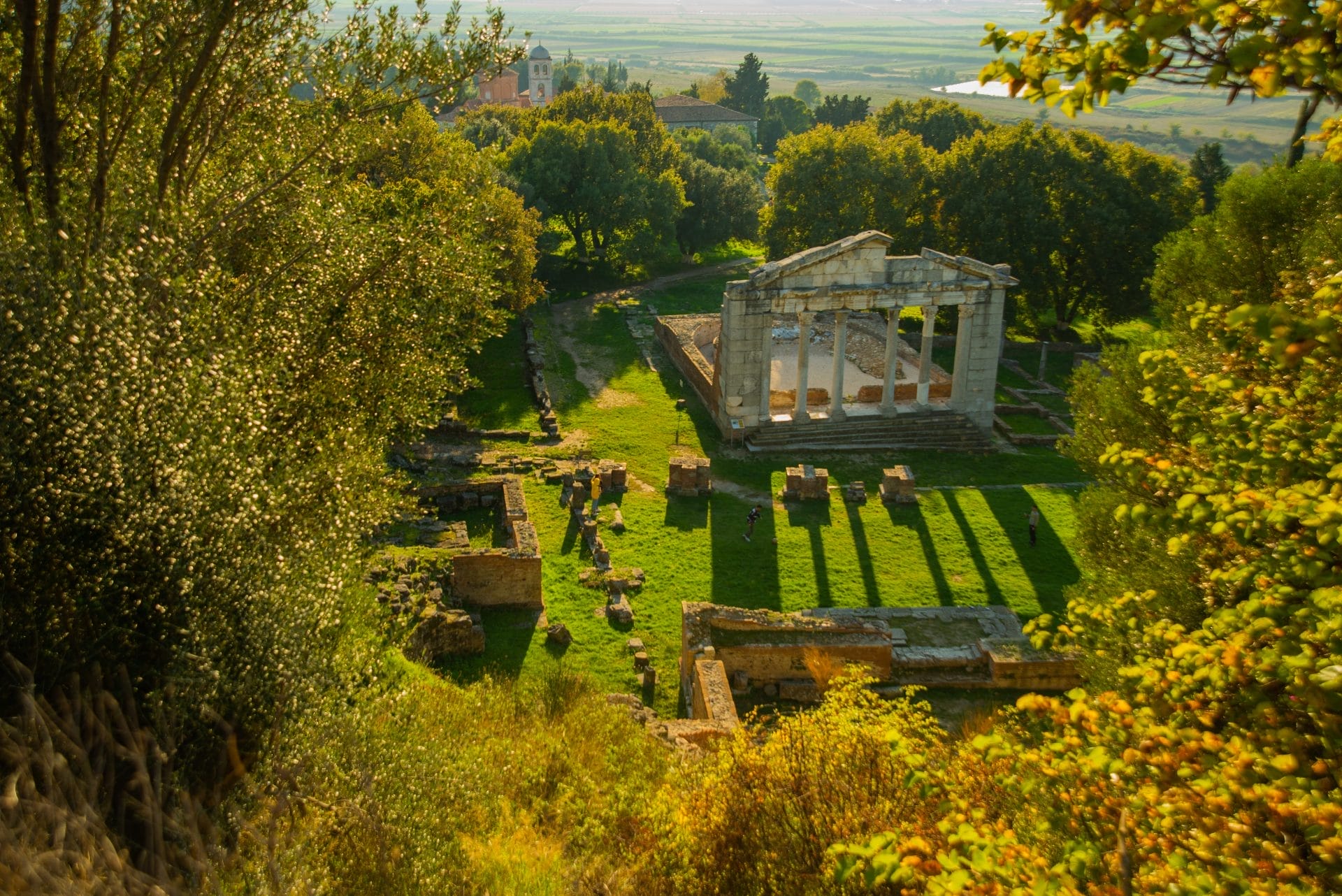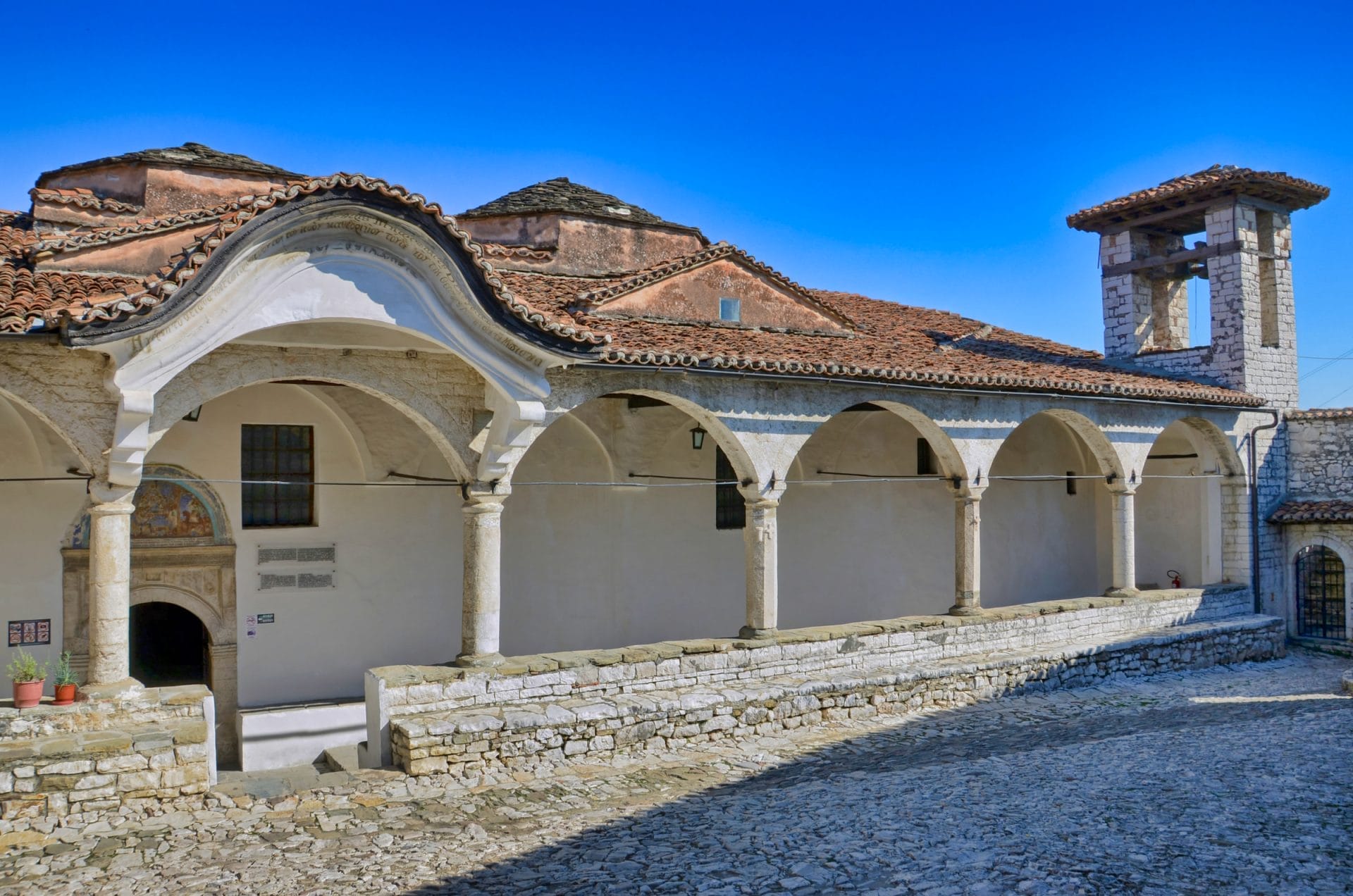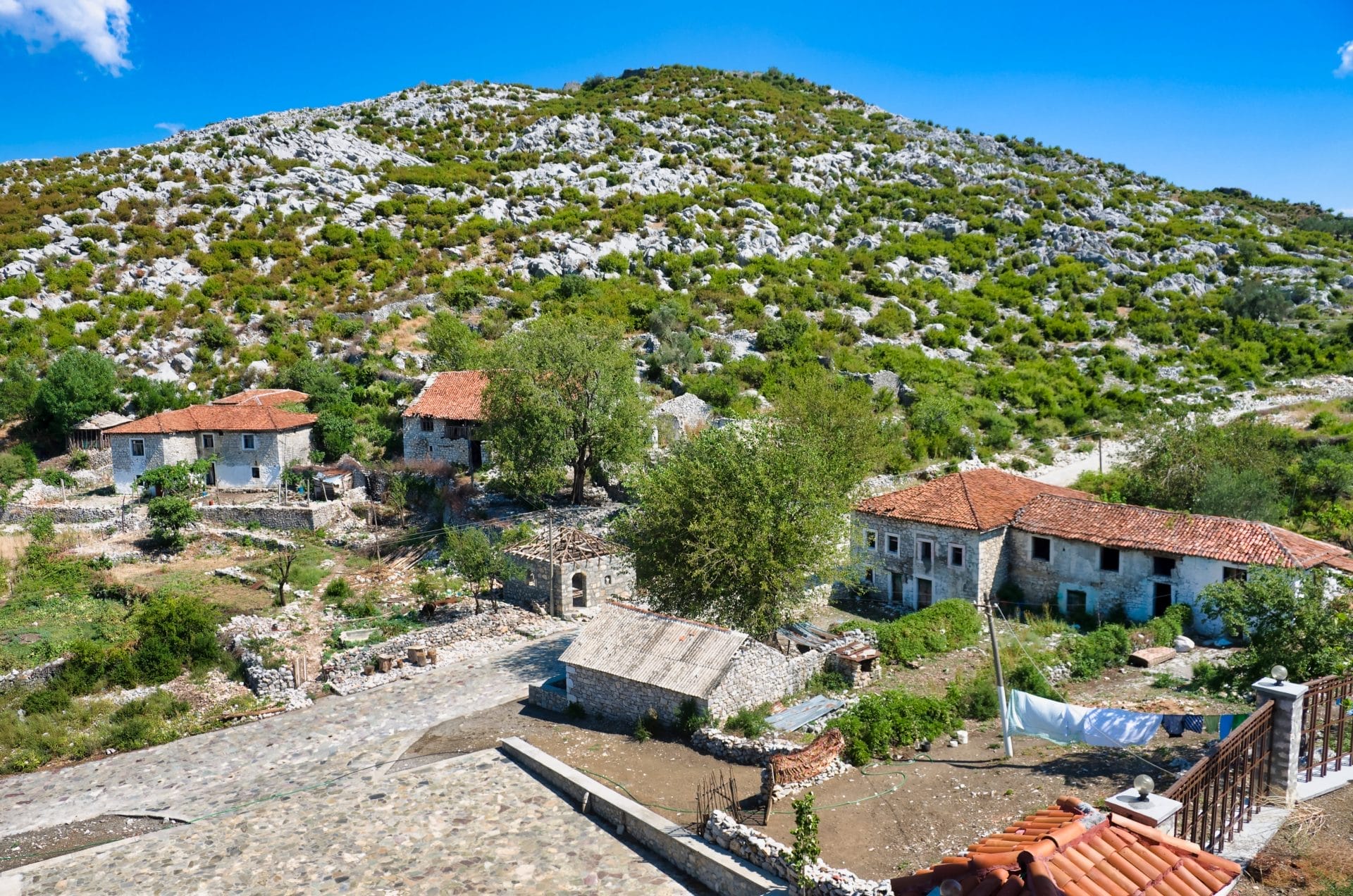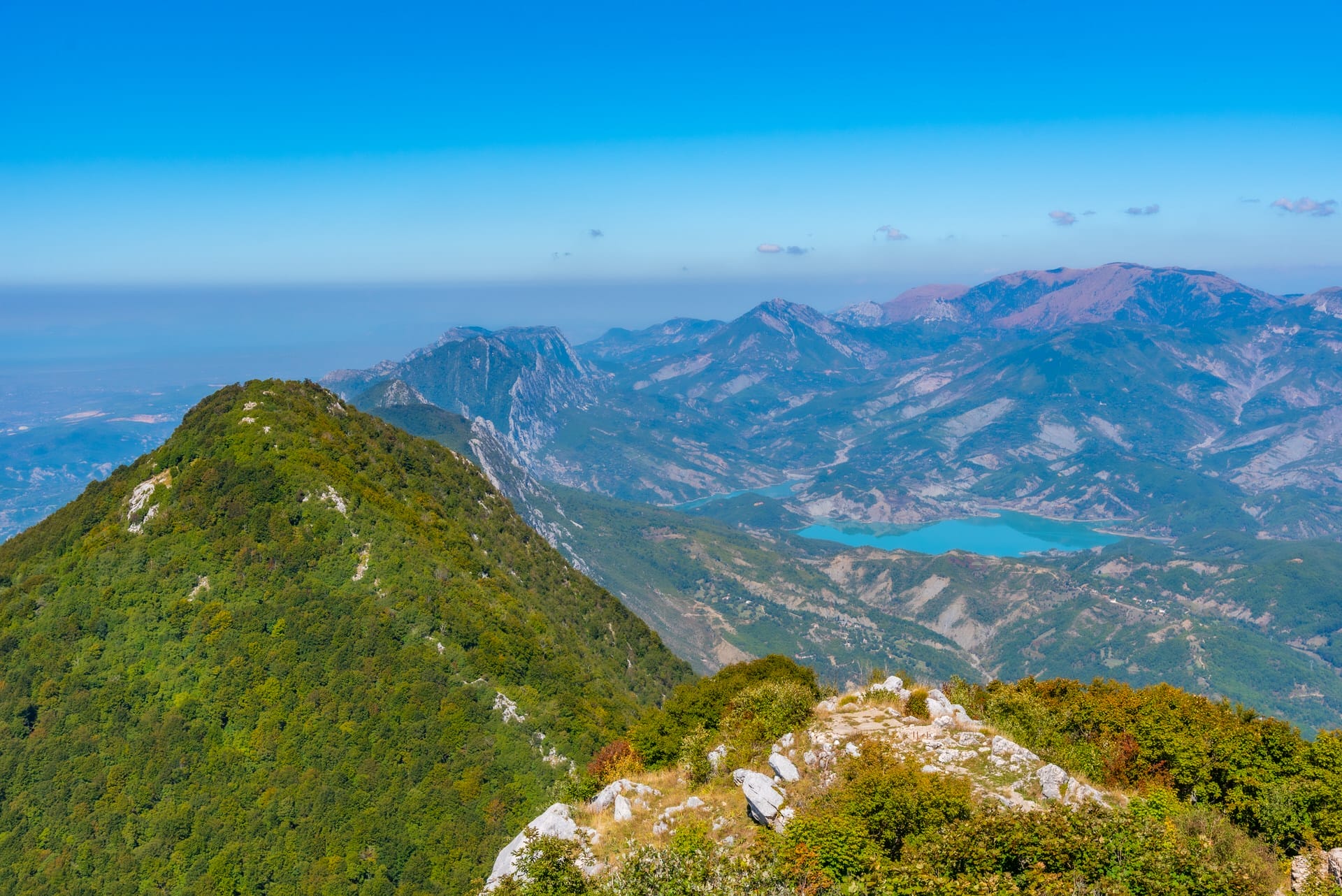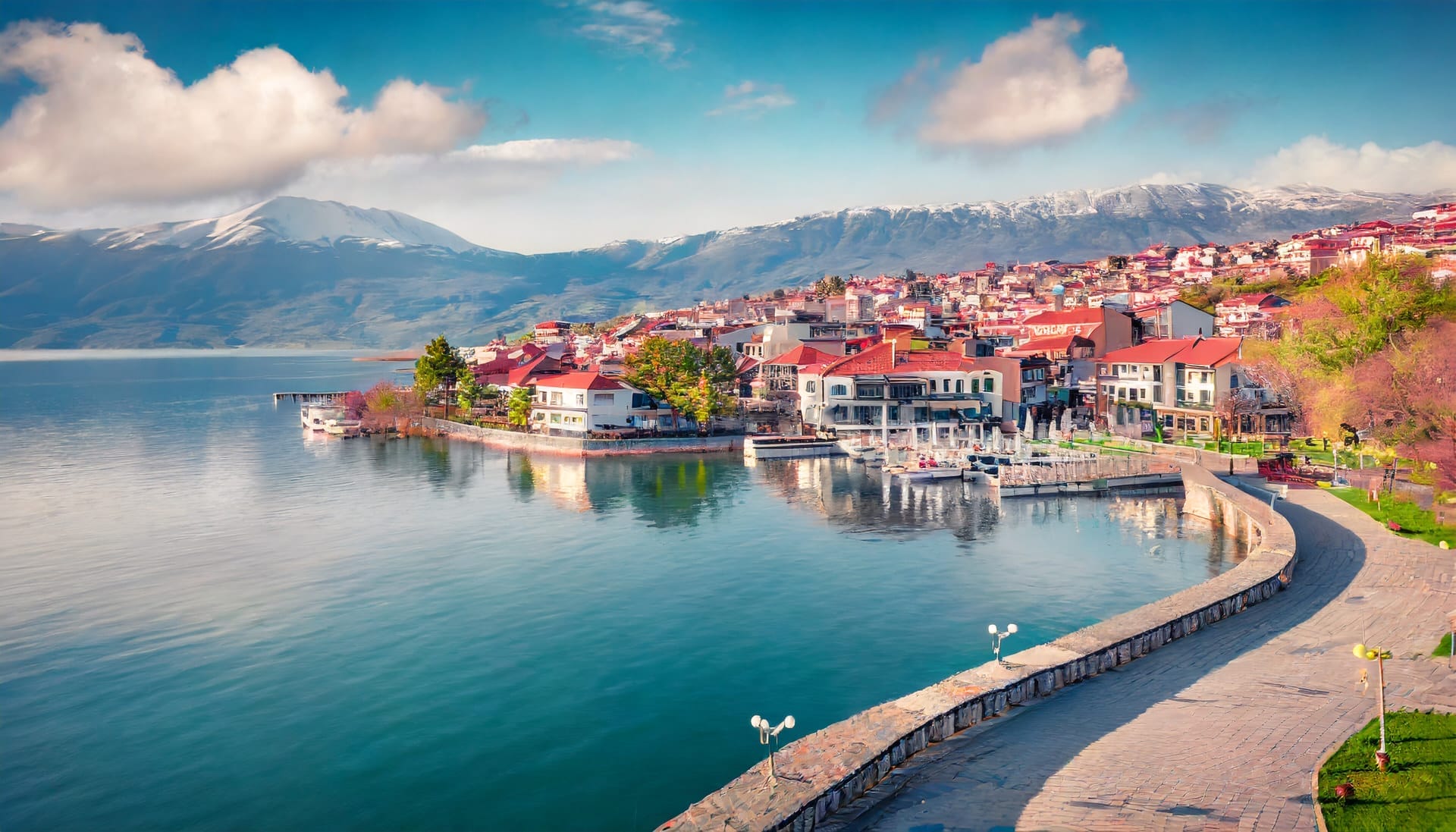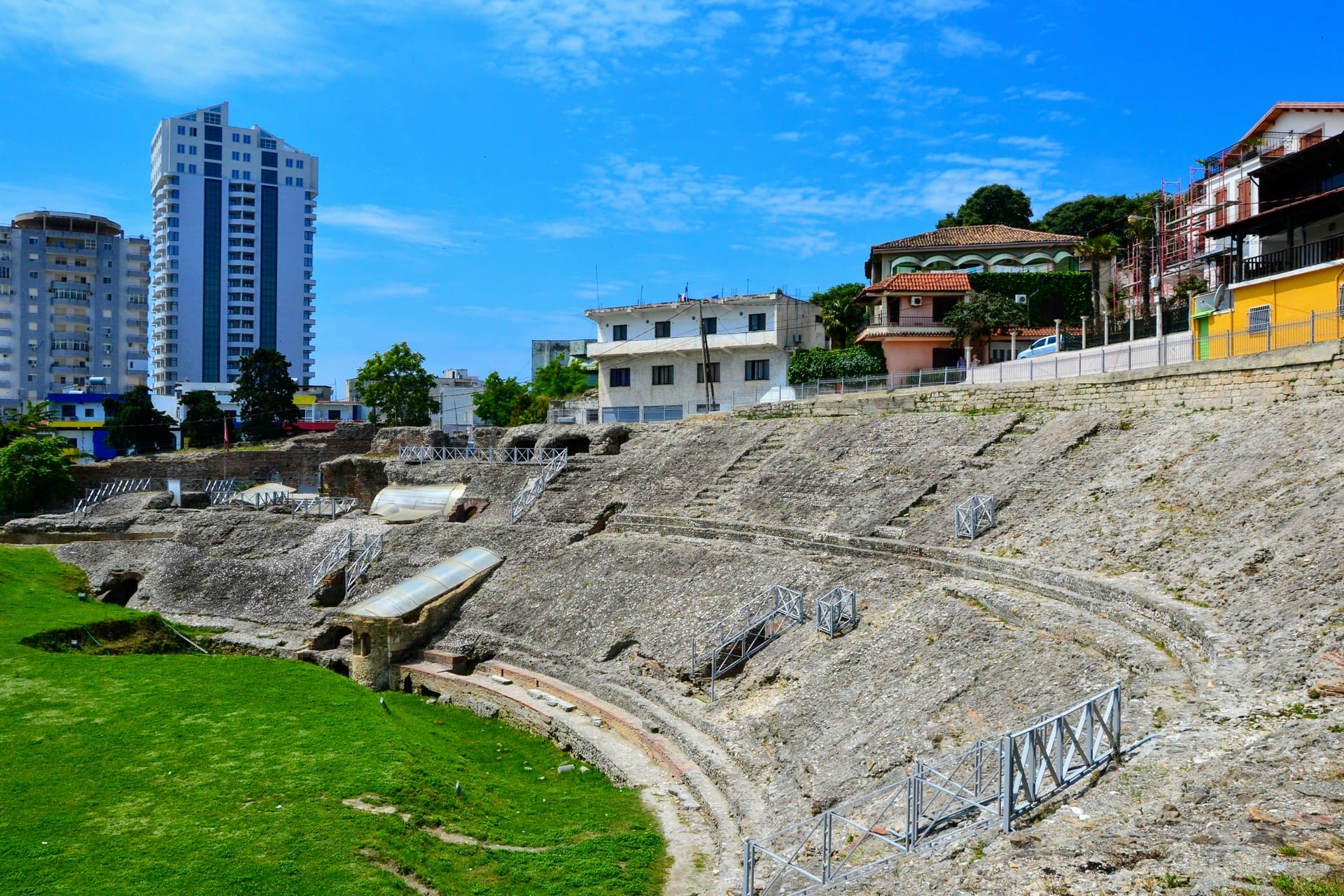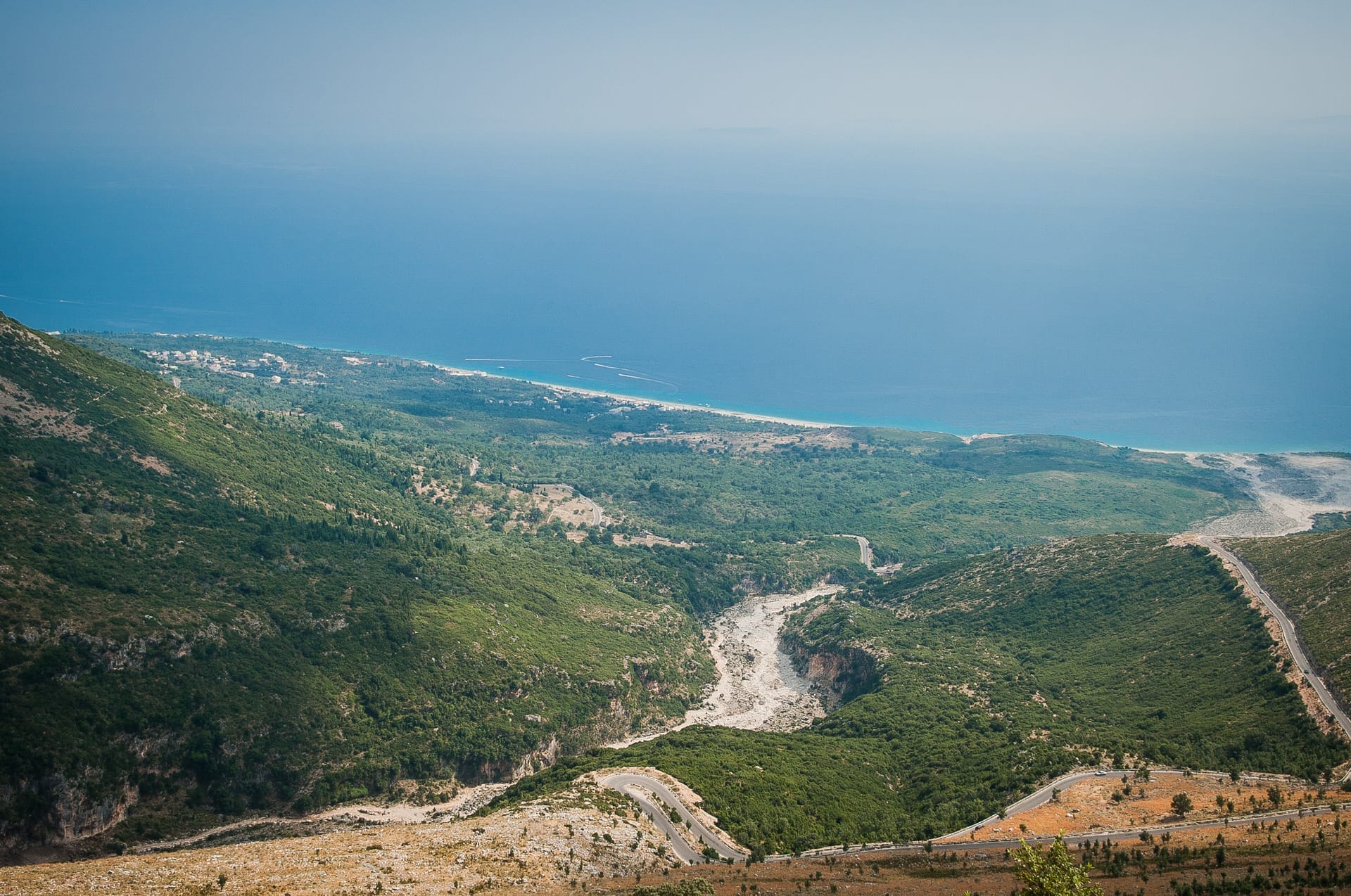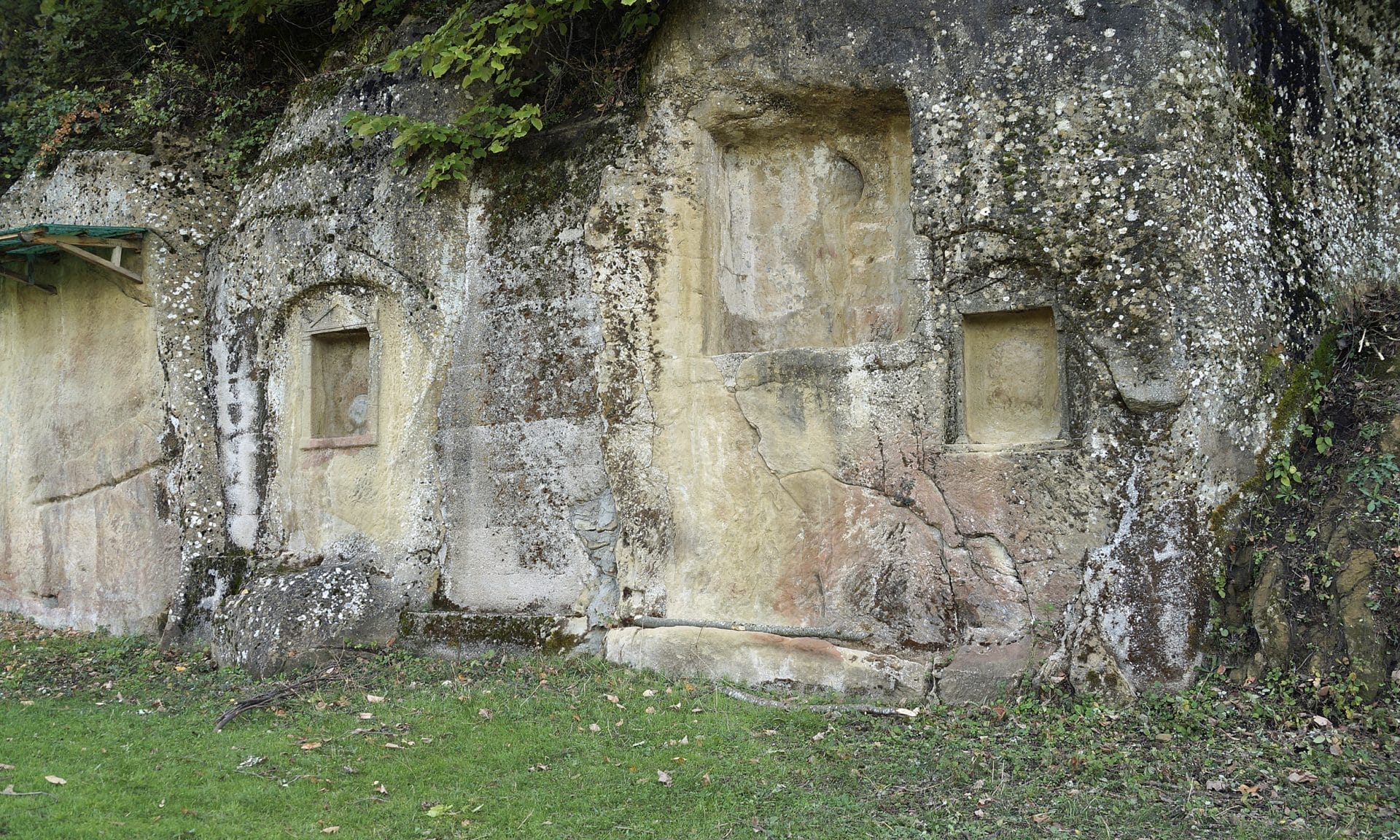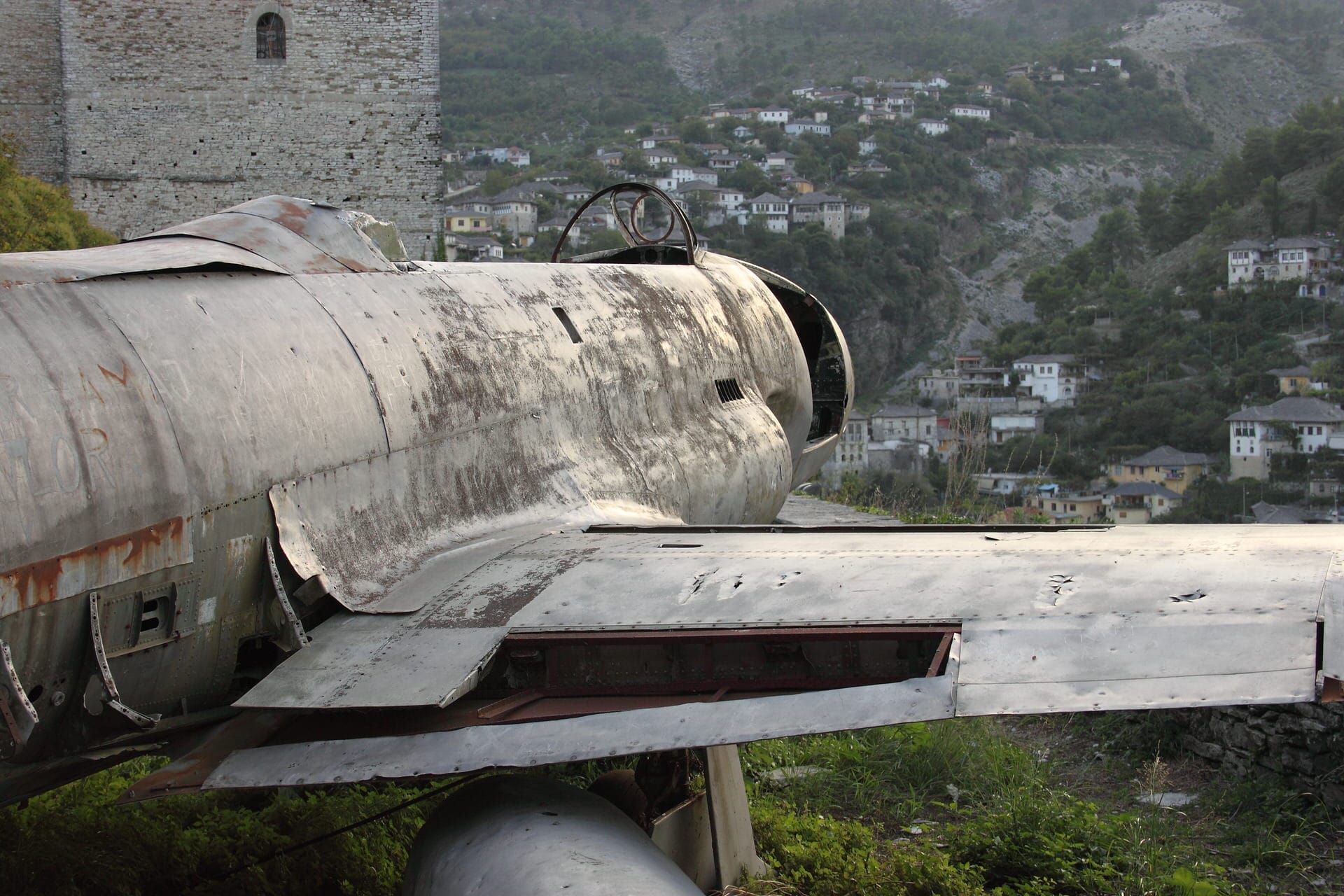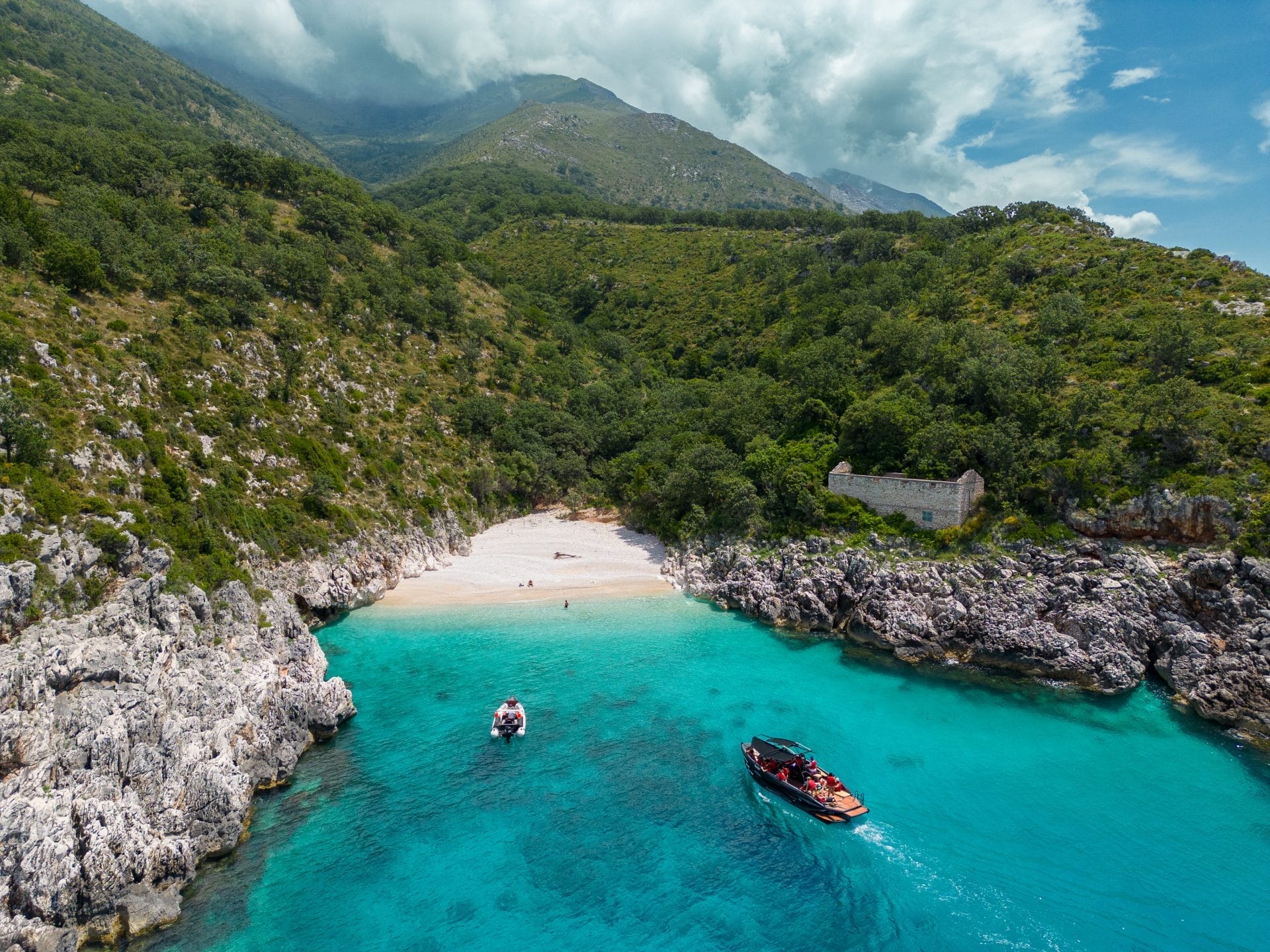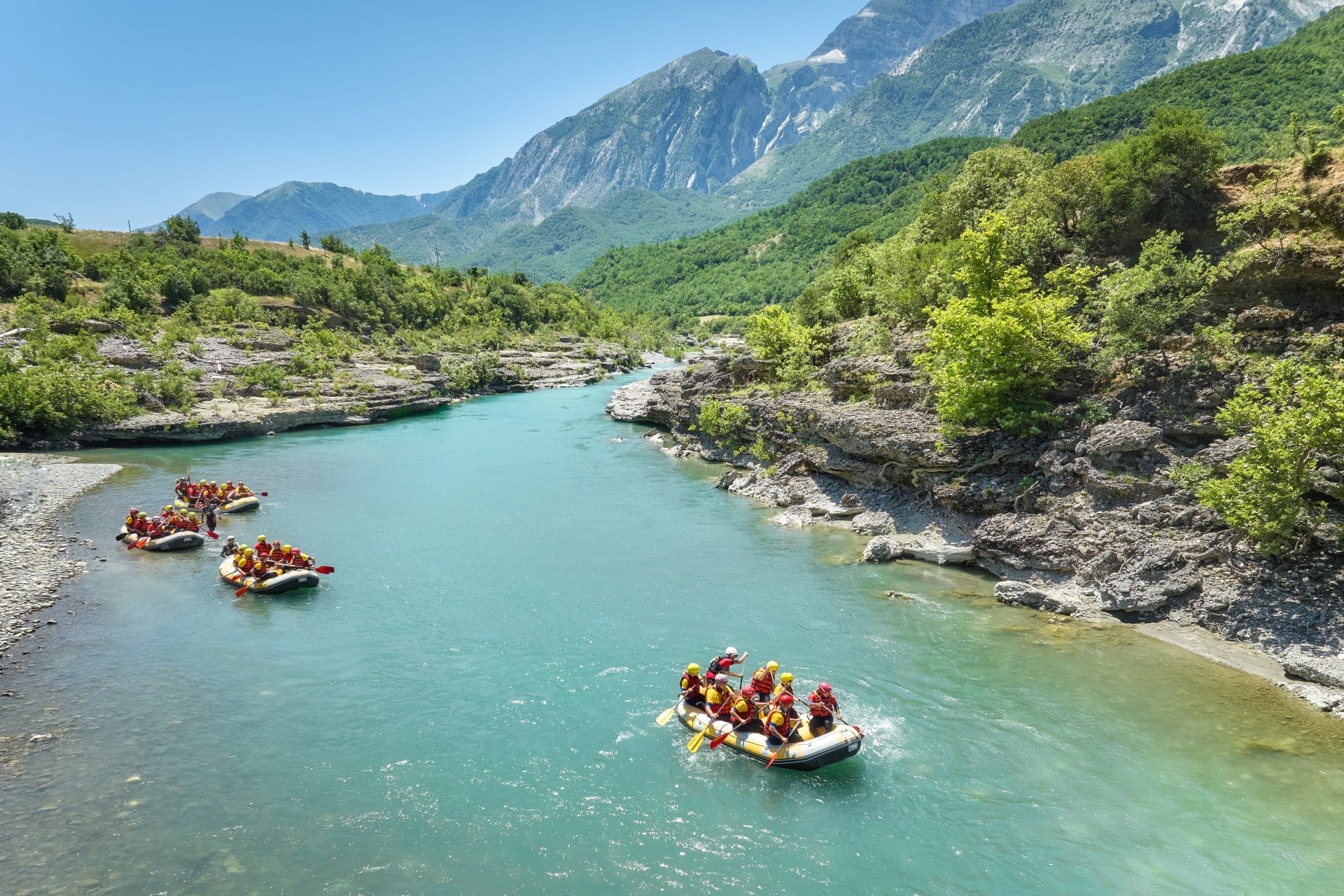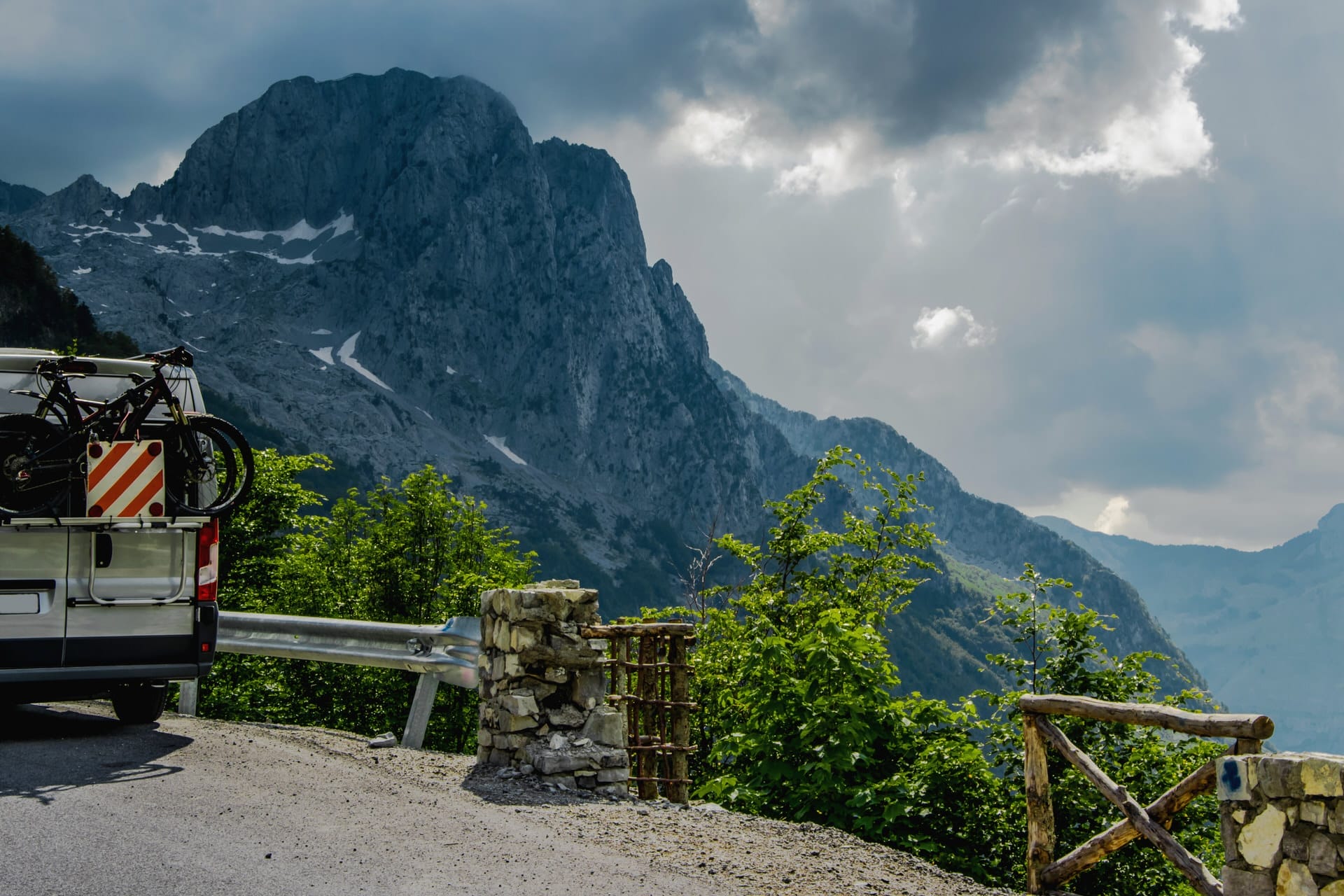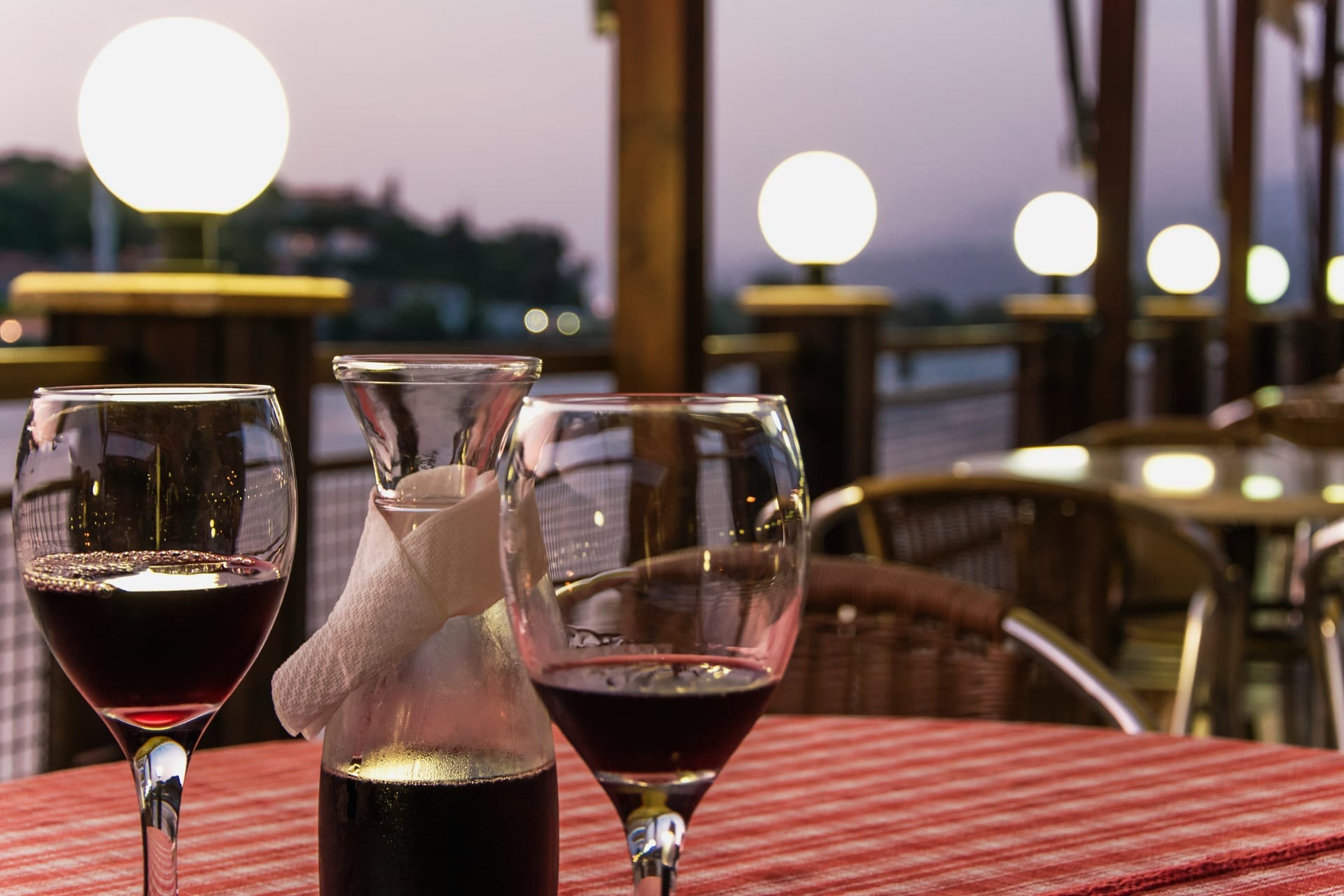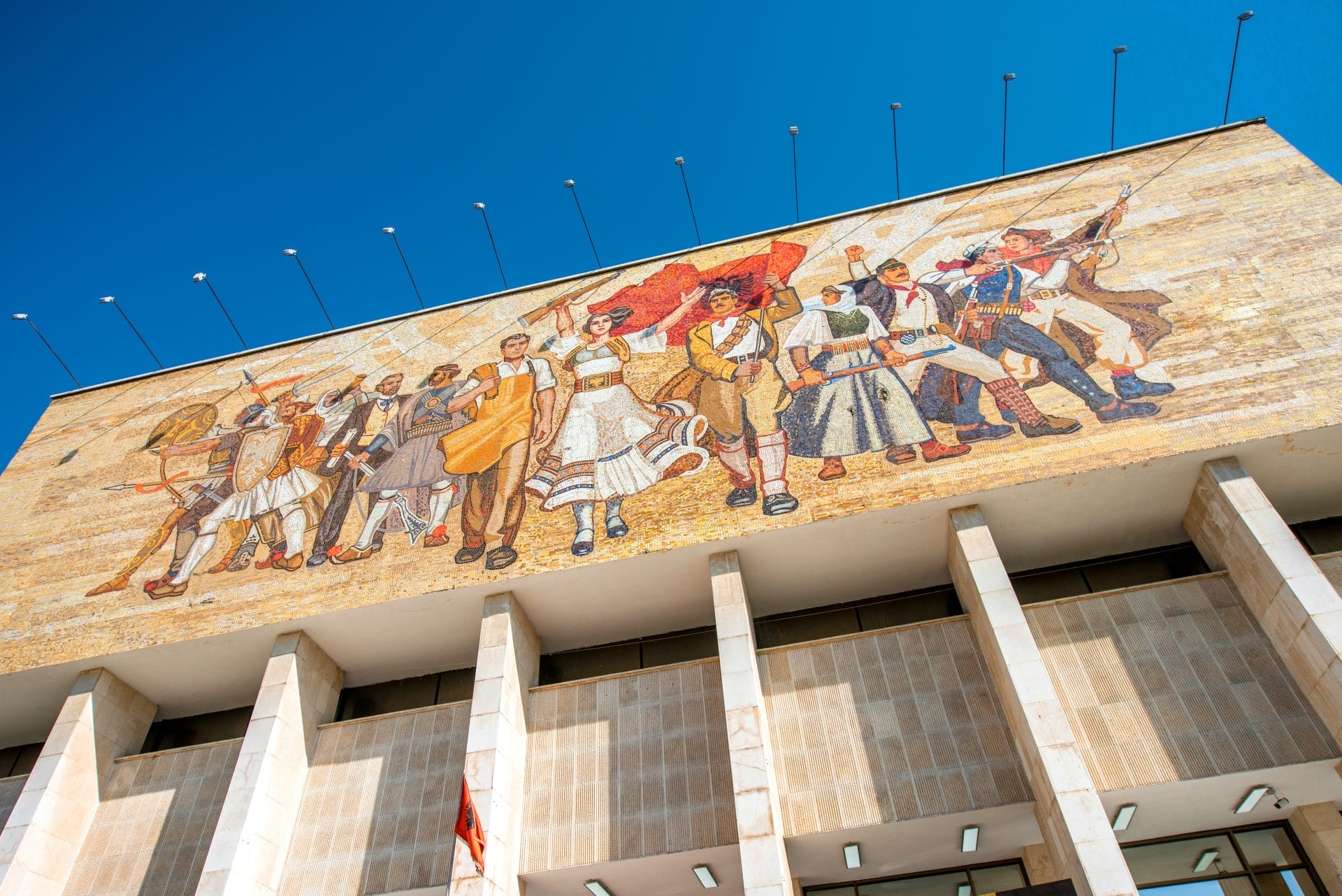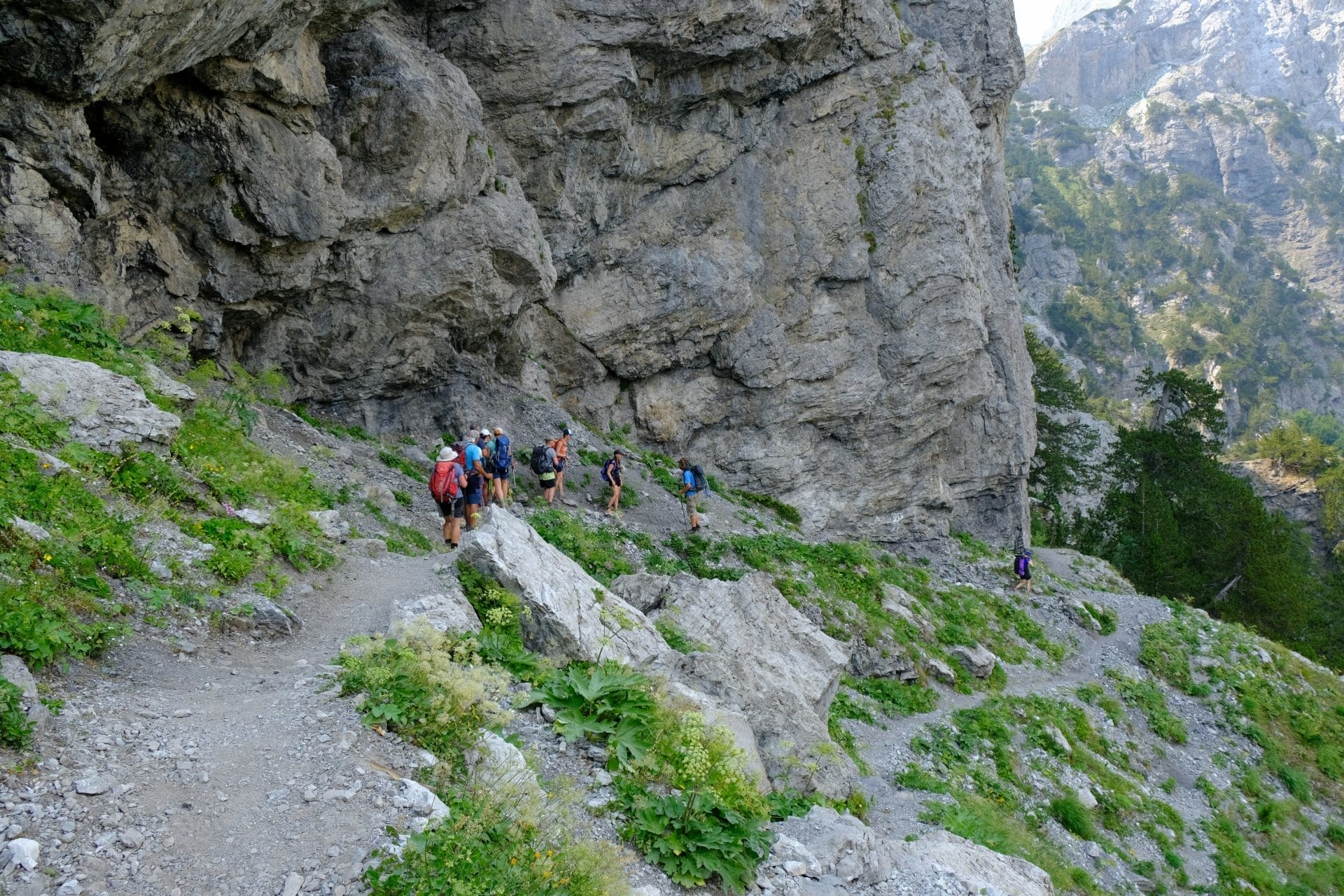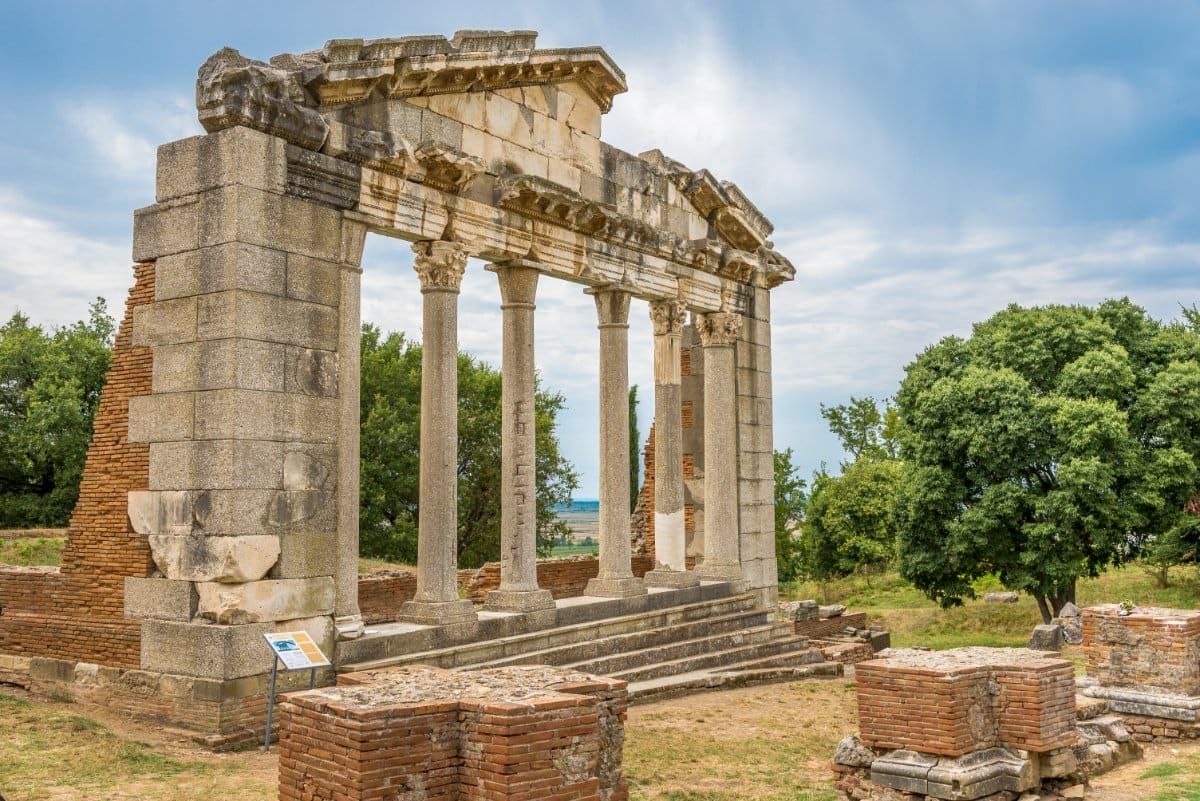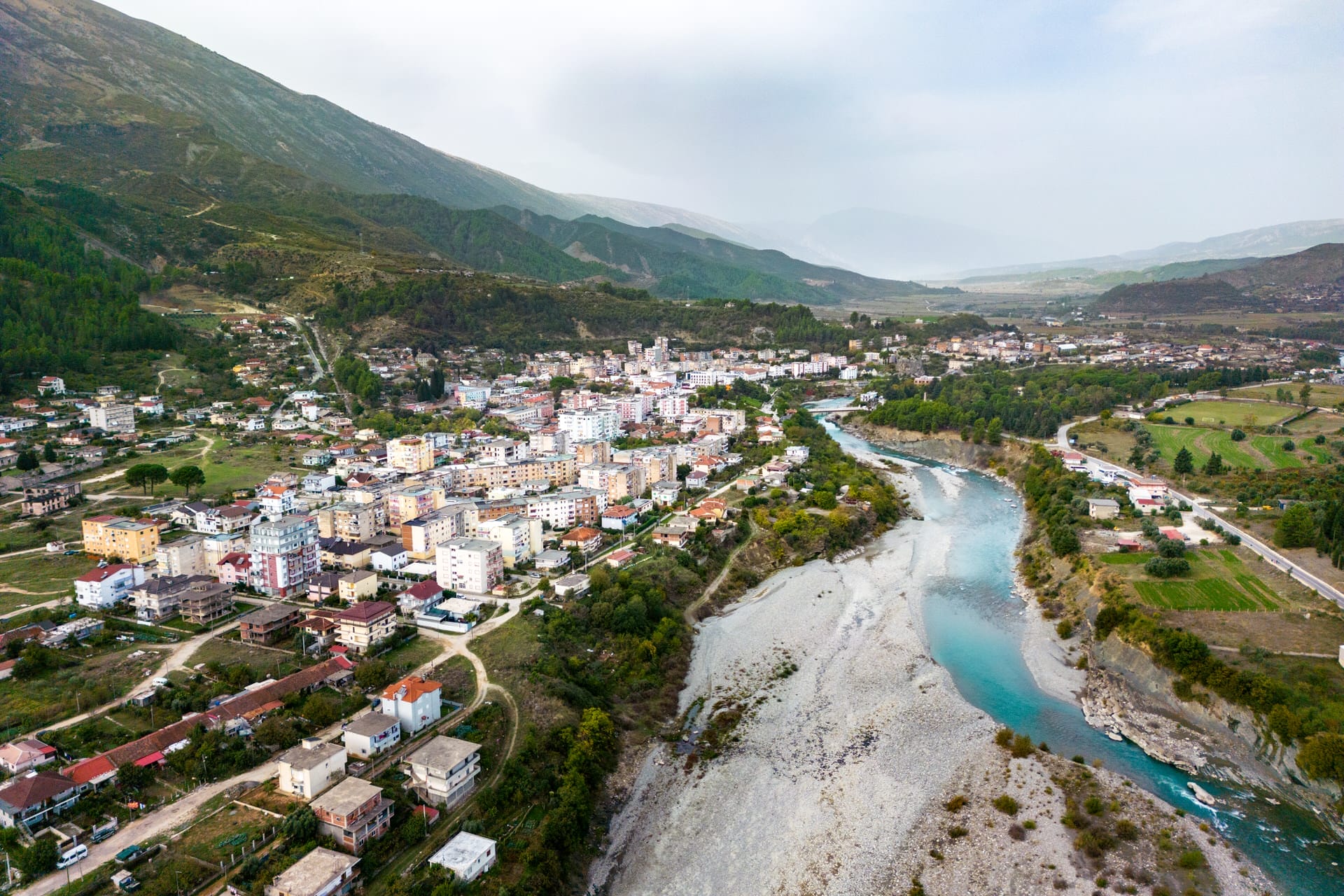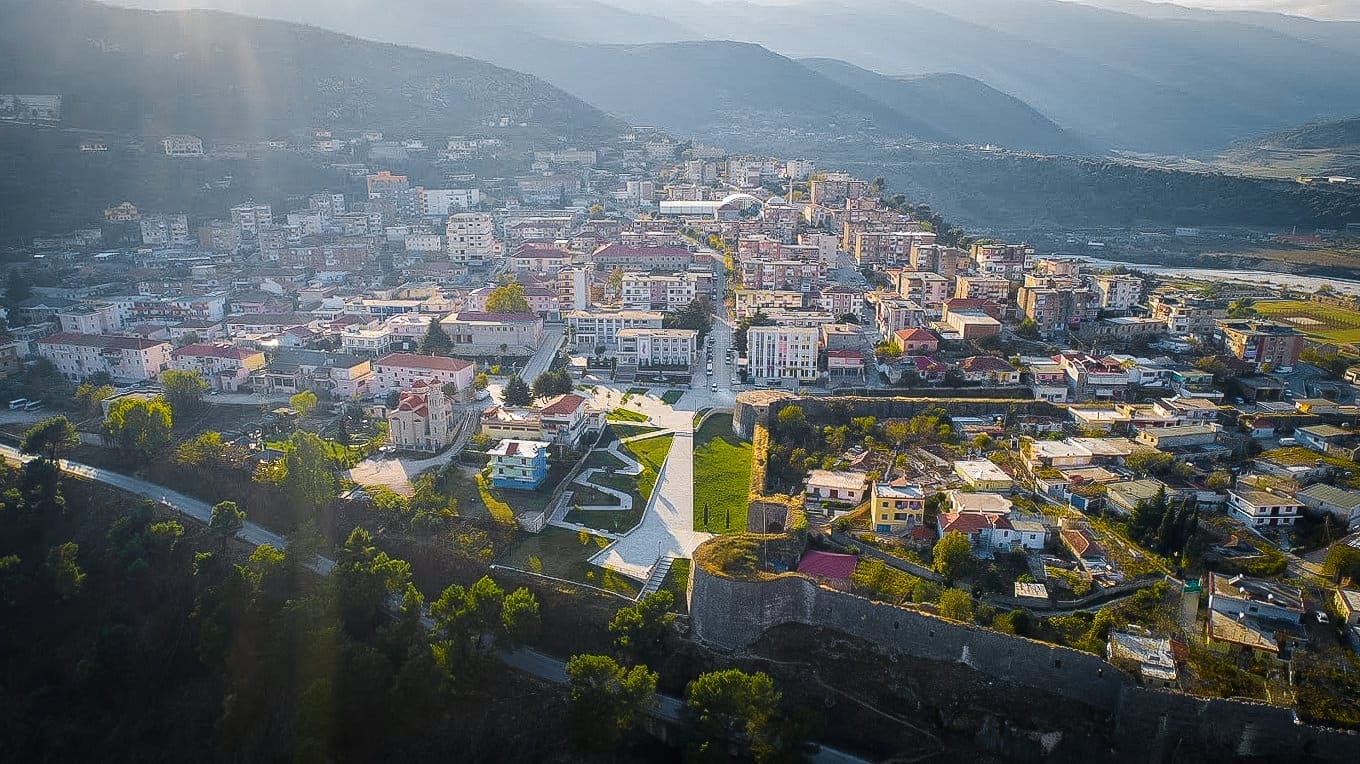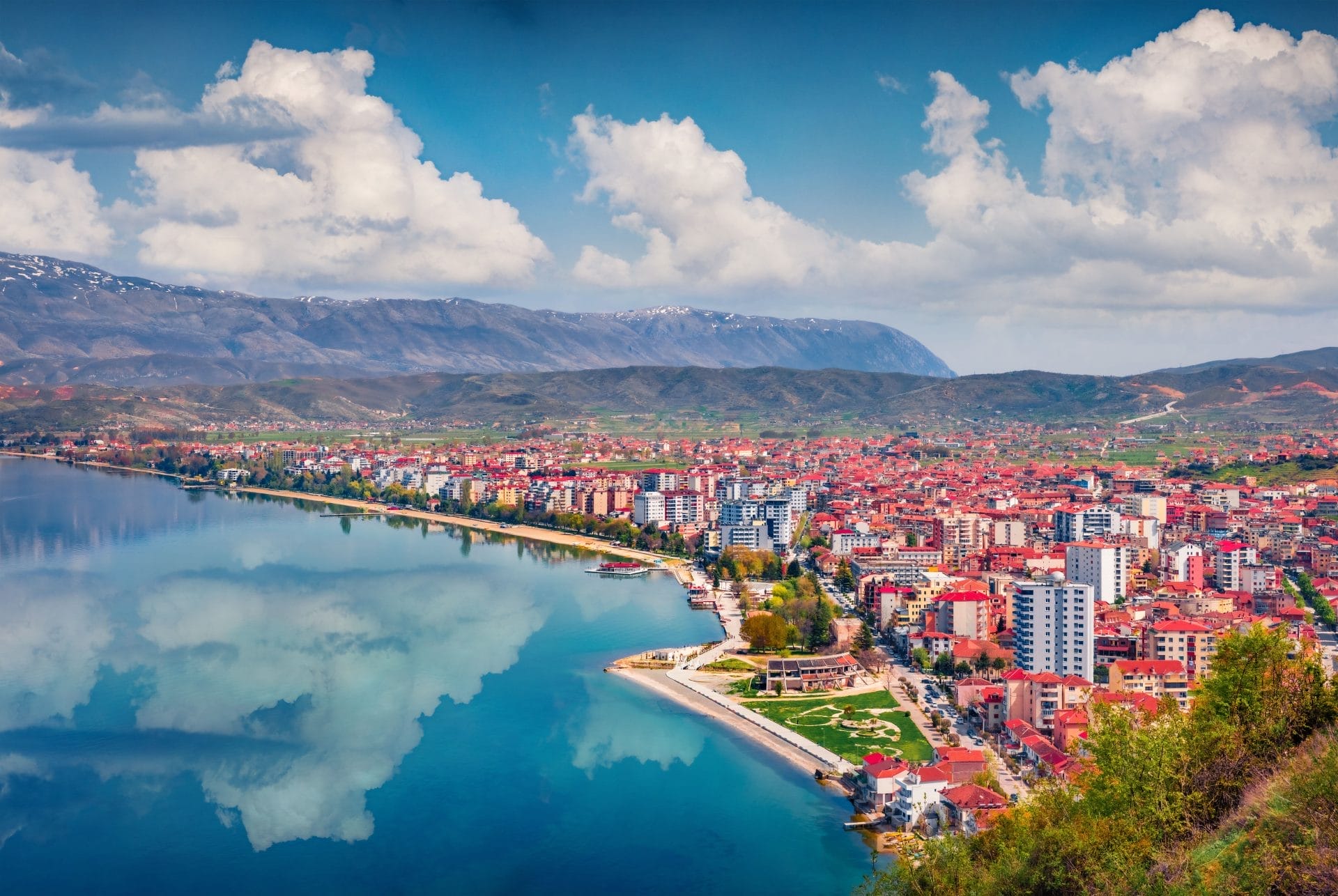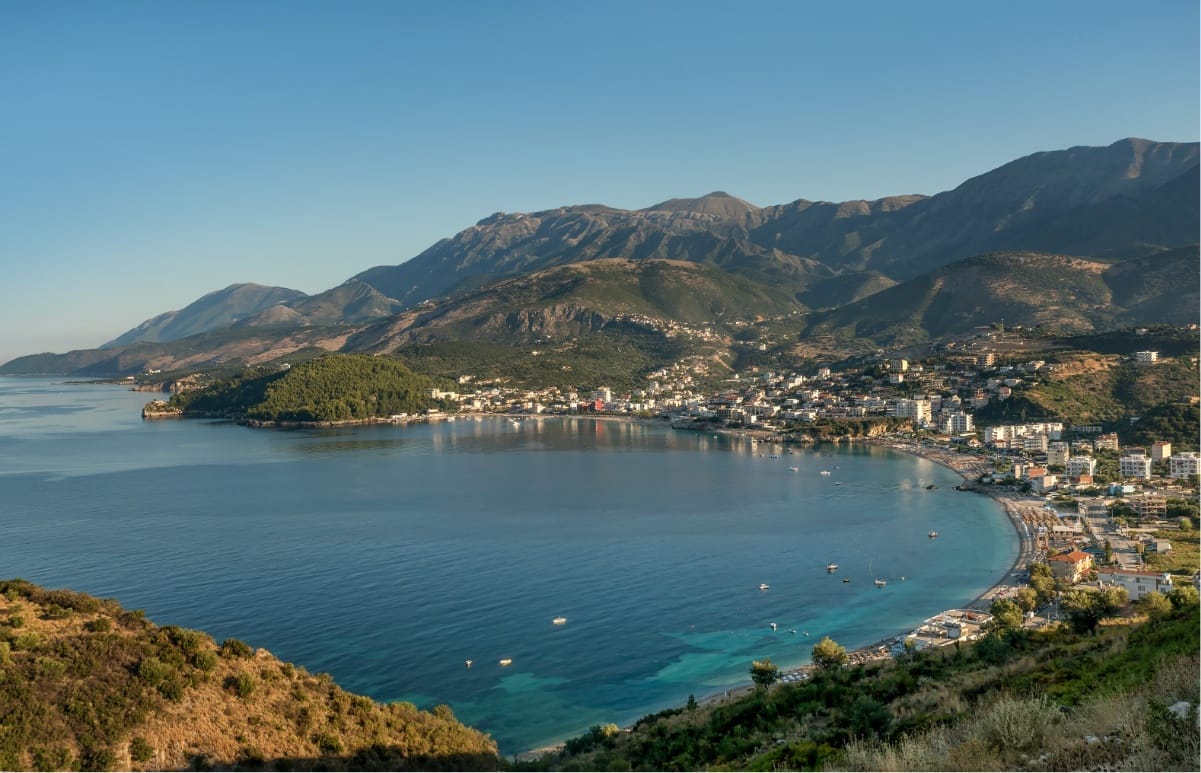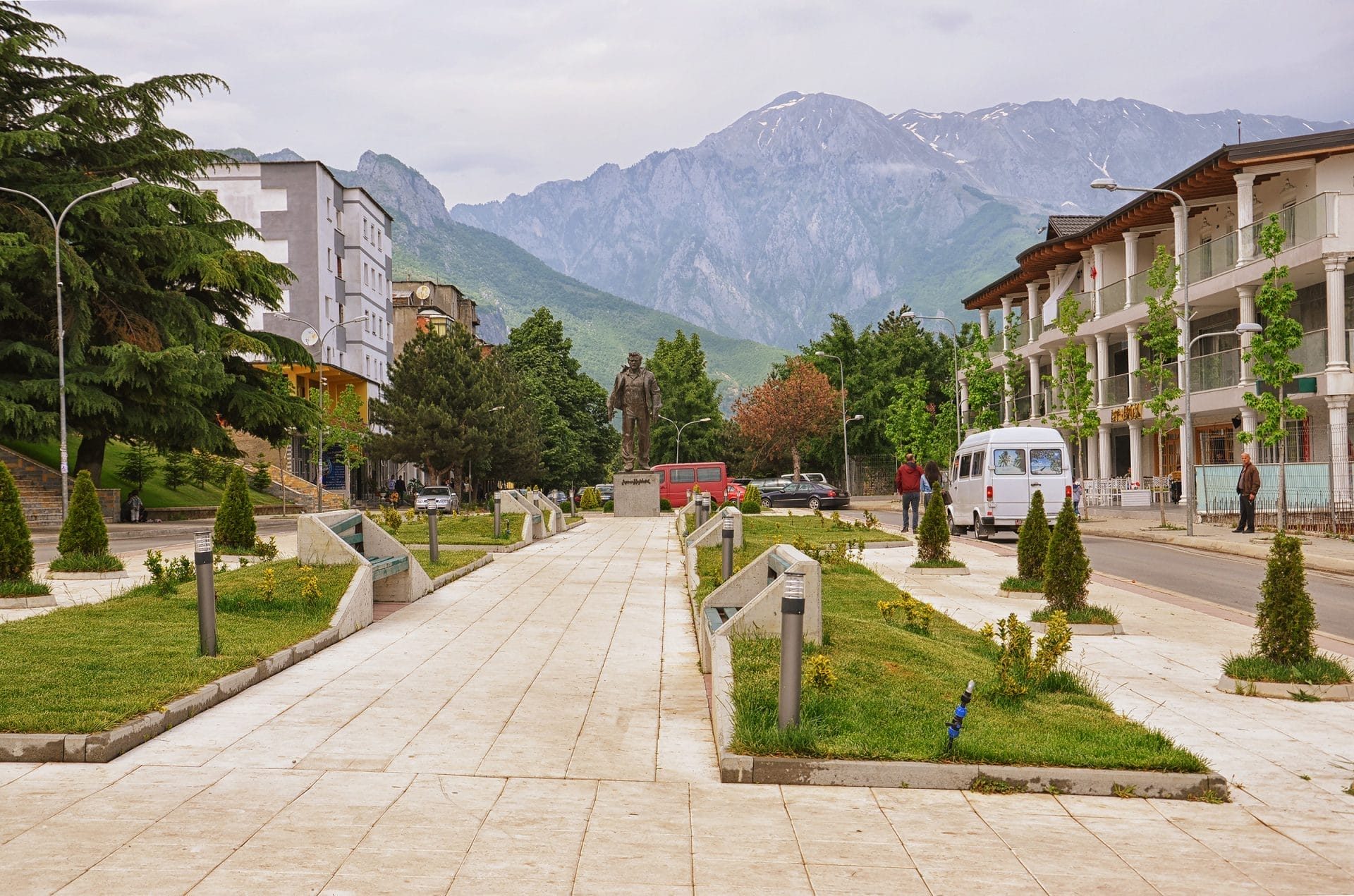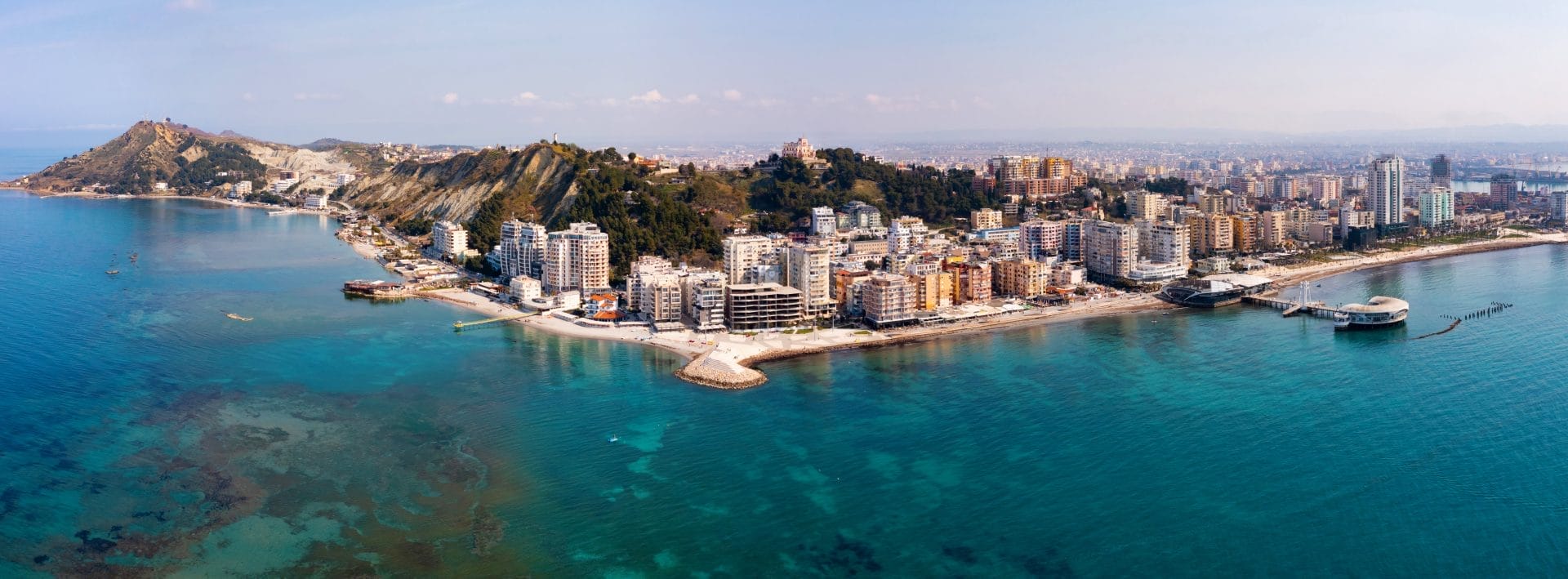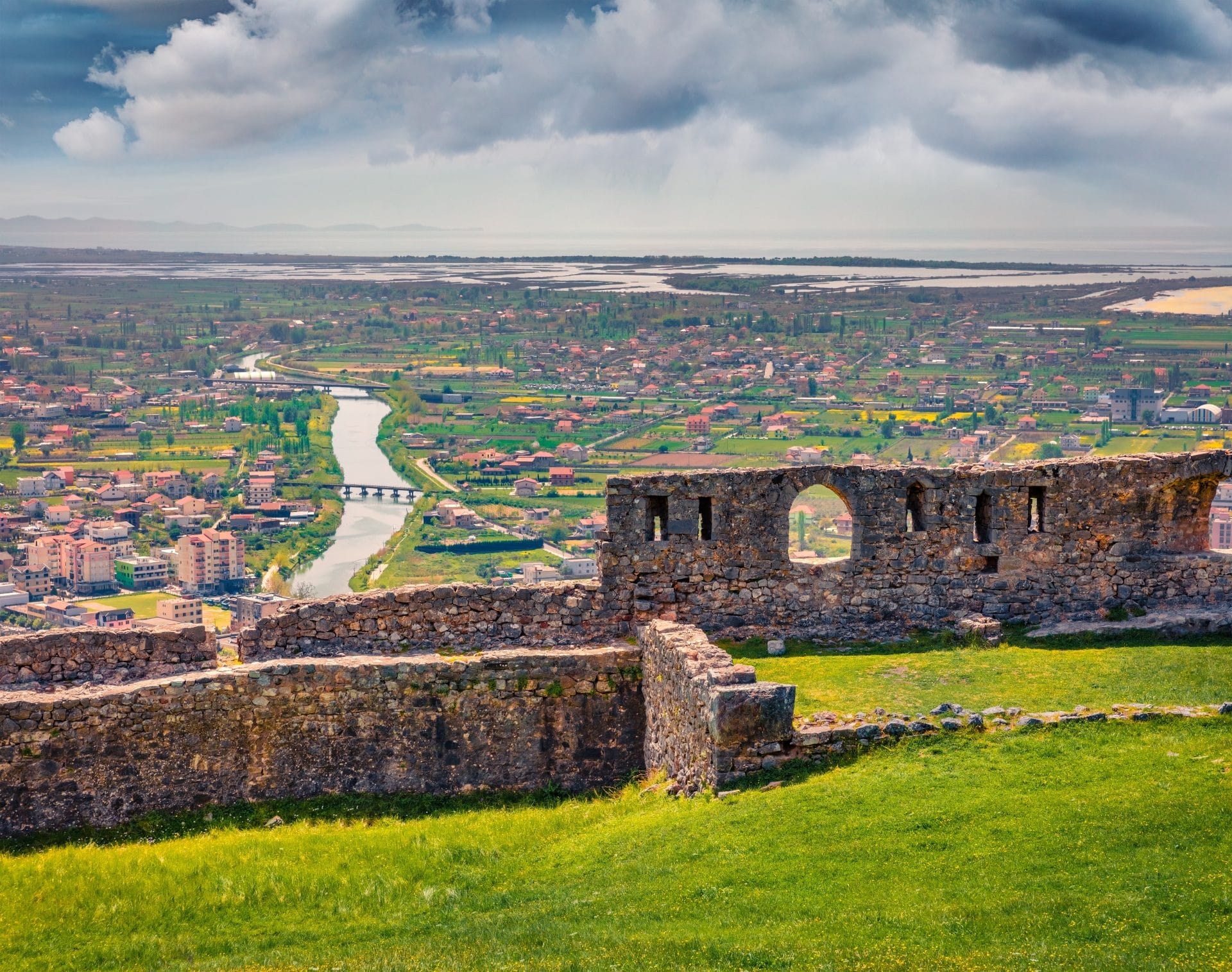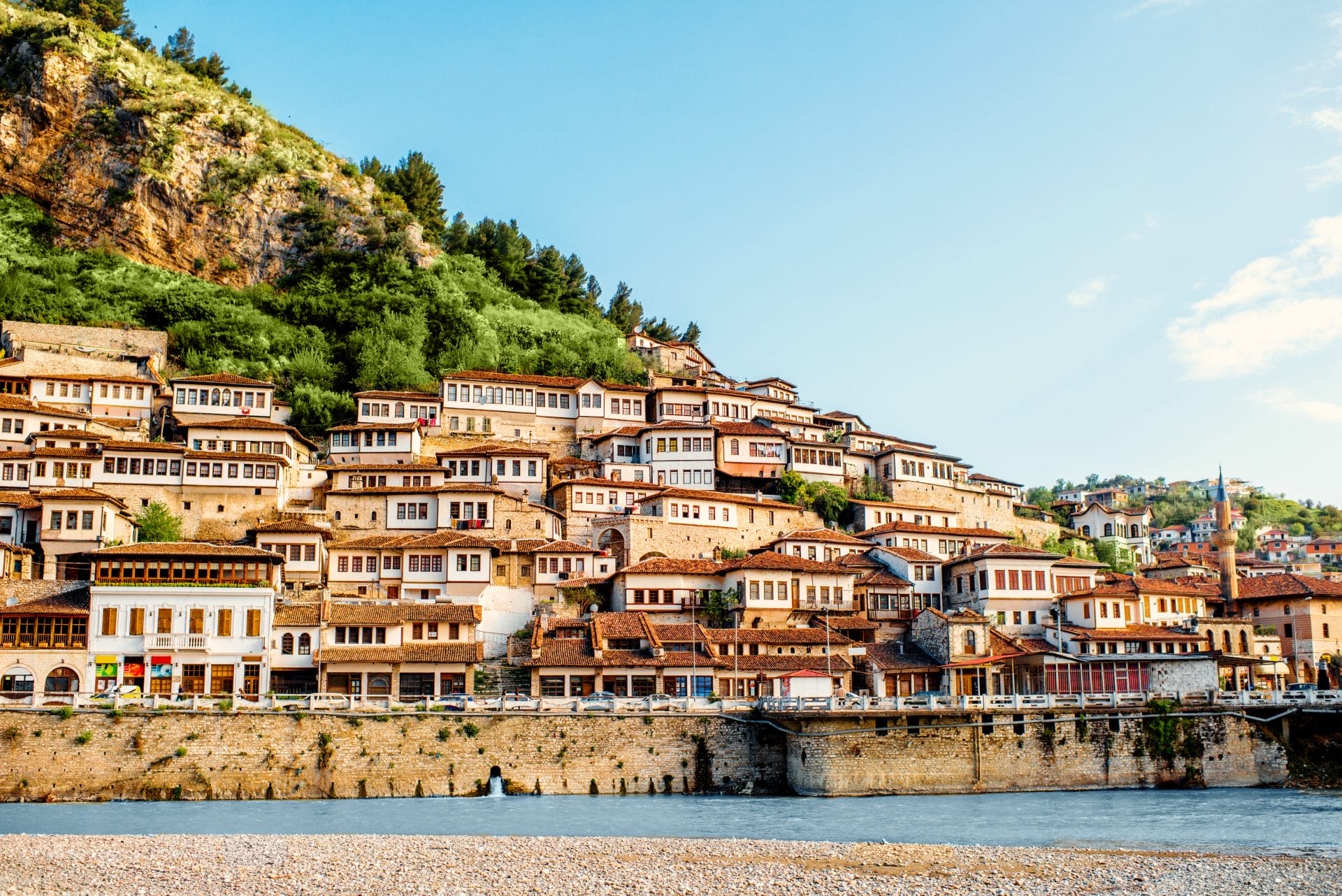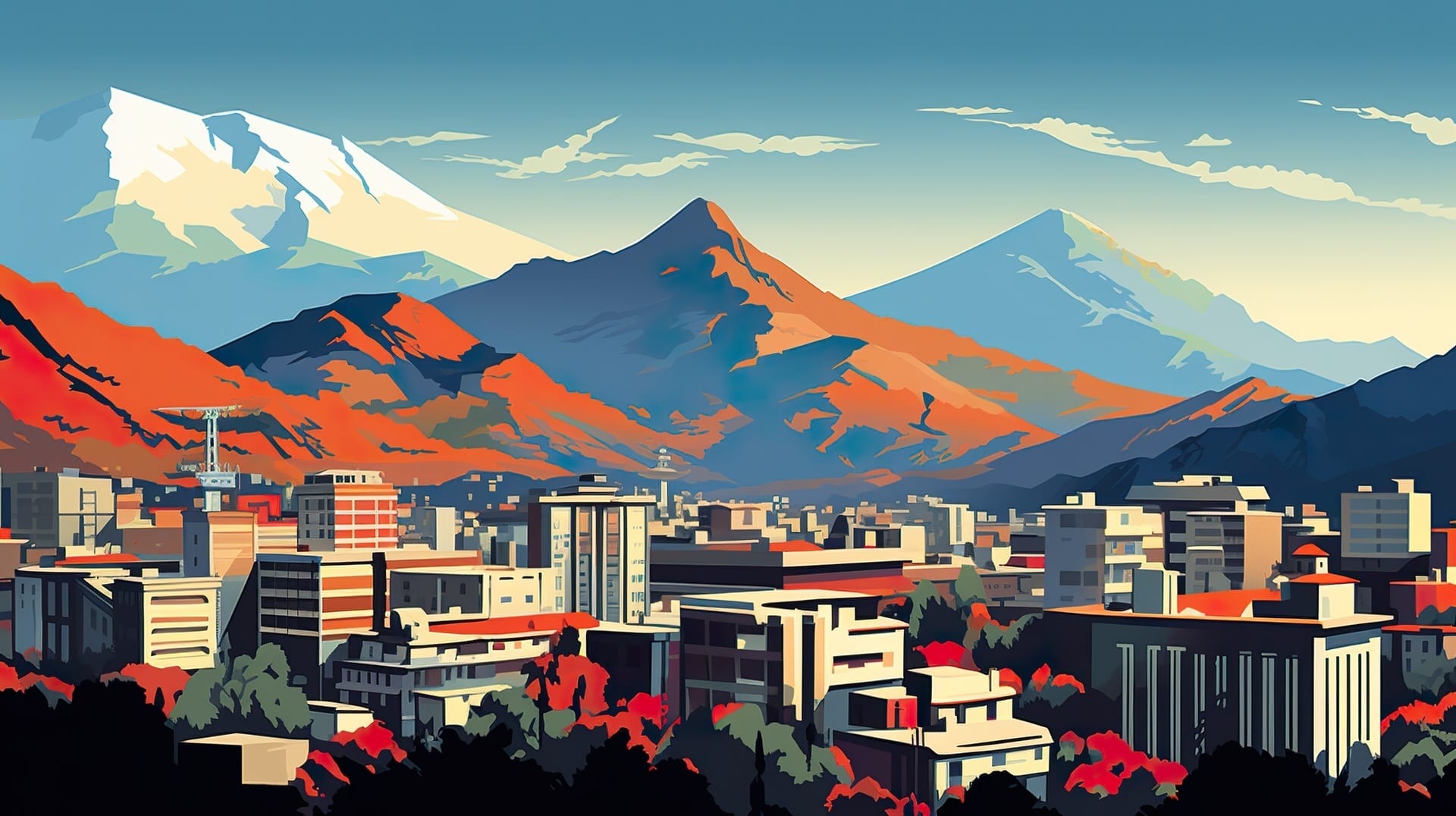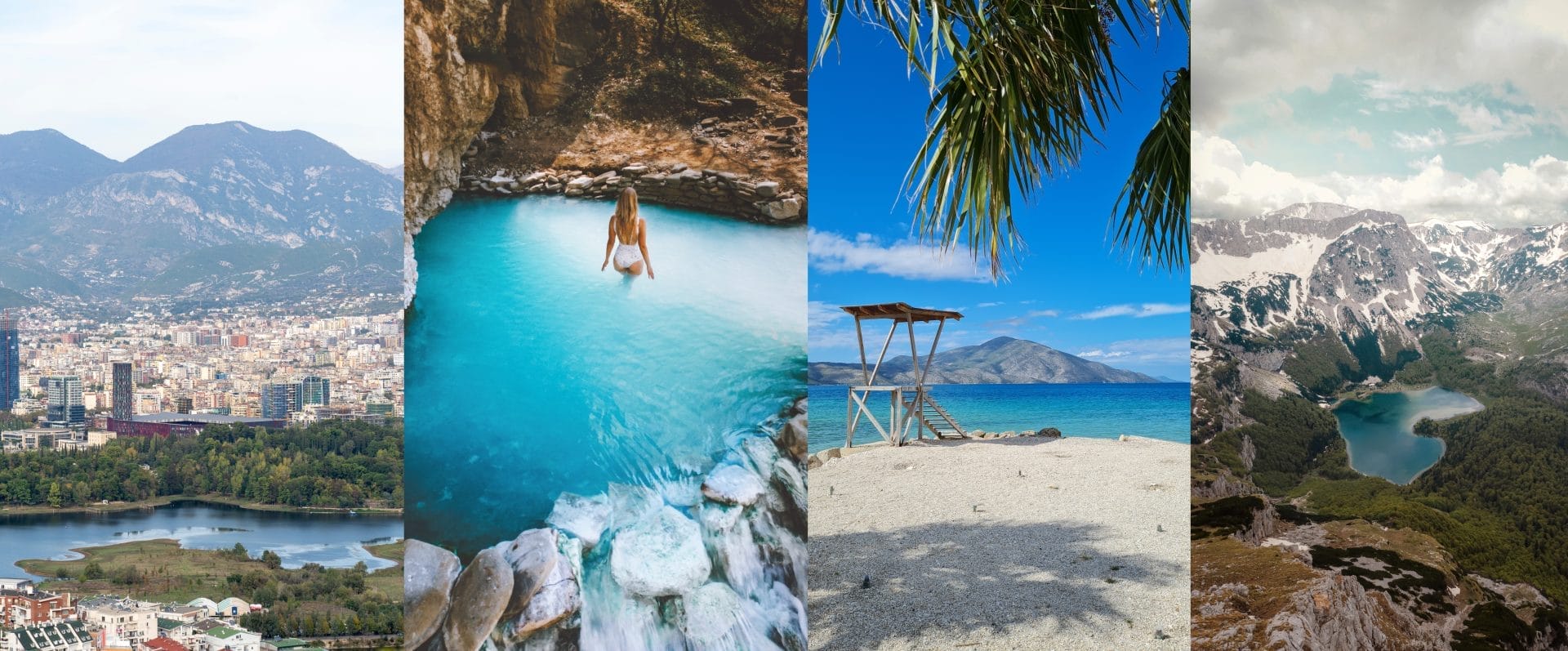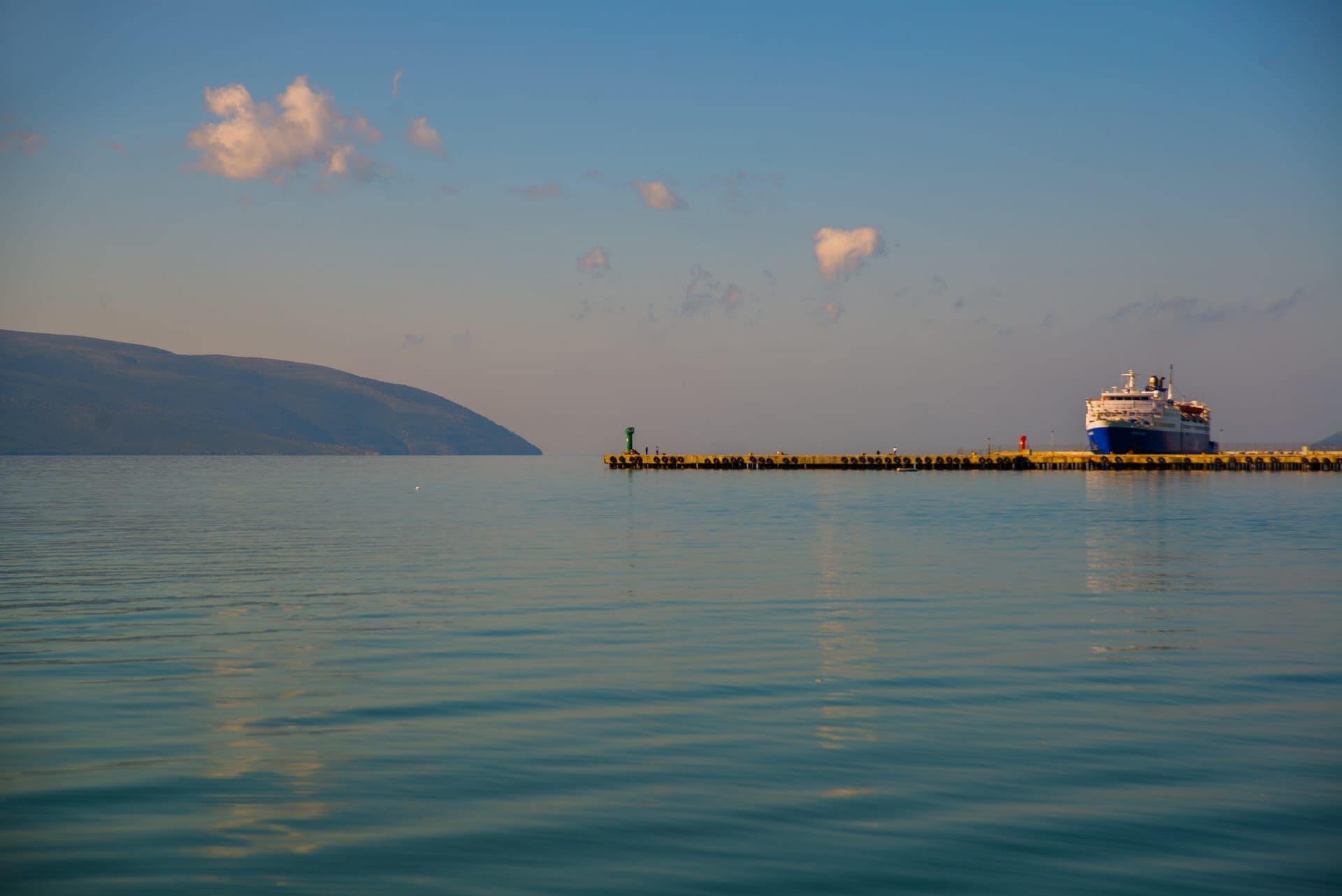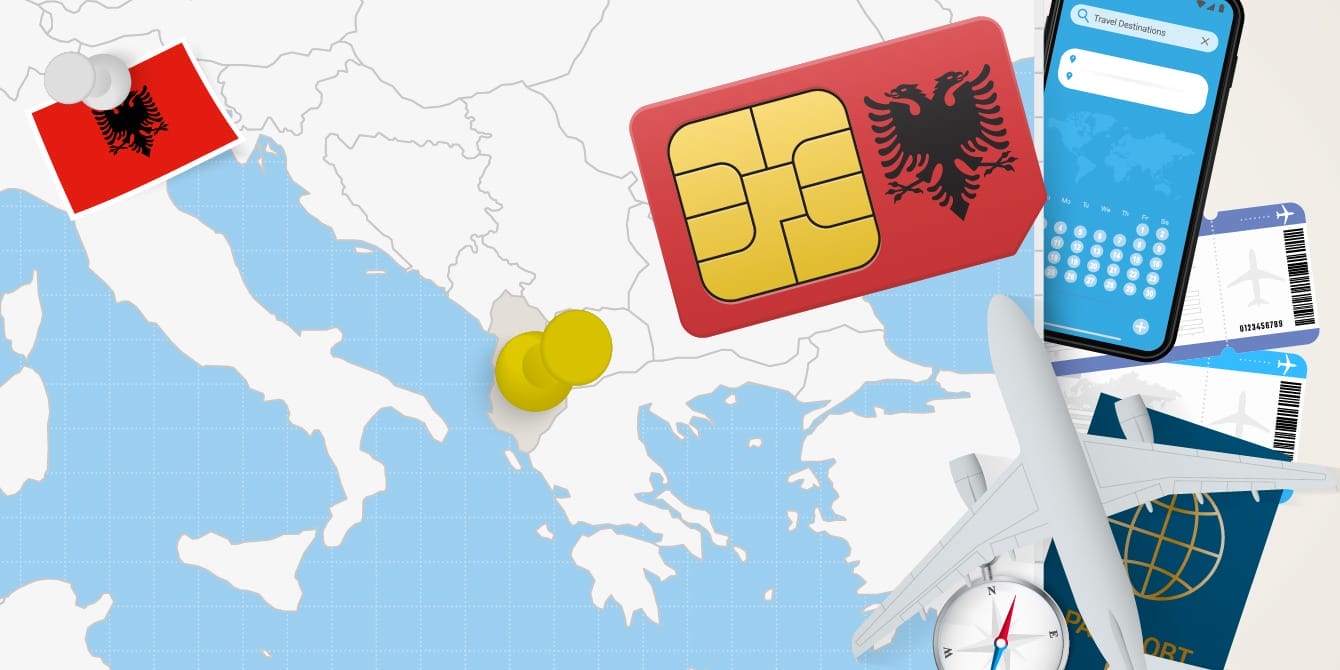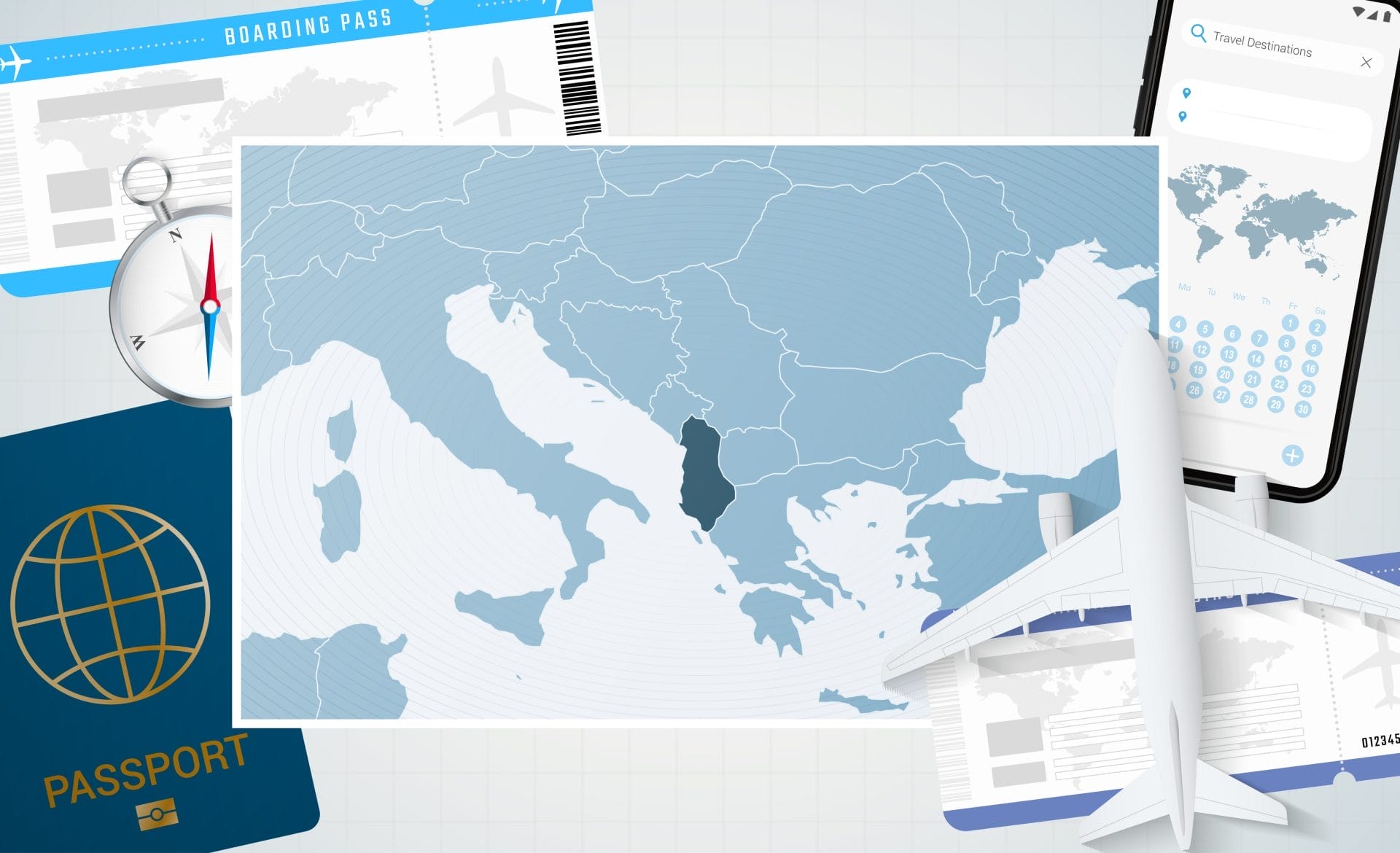
Albania’s Captivating Ancient Ruins
Dramatic natural landscapes across Albania contain captivating remnants of pivotal historical eras, from staunchly defended hilltop fortresses to sprawling coastal harbors facilitating regional trade centuries ago. While the country boasts four UNESCO World Heritage sites like Butrint and Berat, numerous lesser-known locales offer intrepid travelers rich insights into the rise and fall of Illyrian tribes, Greek colonies, Roman conquests, and Ottoman expansion.
By digging into Albania’s storied past by engaging its well-preserved ruins in person, adventurous history buffs gain a stirring perspective on how coveted Mediterranean footholds and mountainous terrain influenced the fate of great civilizations.
Greek Colonial Coastal Ports
While less warlike than their interior counterparts, Greek settlers left indelible marks across Albania’s drier southern coastal plains starting around the 7th century BCE. Well-situated established port cities like Apollonia and Byllis conducted robust Mediterranean trade and hosted pivotal regional events. Excavations reveal sophisticated infrastructure, from intricate aqueducts and piping to sprawling columned marketplaces.
Founded in 588 BCE, seaside Apollonia grew into an influential Greek polis before weathering later Roman, Byzantine and Norman interferences. Impressive uncovered ruins include the Bouleuterion council house, a 3,500-seat amphitheater, and one of the region’s largest early churches showing extended Greek dominance.
The Rise and Fall of a Roman Riviera
Expanding upon early Greek and Illyrian settlements after 168 BCE, Romans radically enhanced infrastructure and living standards, especially along now-Albanian southern coastlines, as the Republic’s wealth, reach, and ambitions swelled dramatically.
Atop a defensible seaside ridge overlooking the blue Bay of Vlorë waters, ancient Oricum’s sprawling city plan, theater, and grand villas convey its former strategic importance in safeguarding the Straits of Otranto passage towards Rome from 146 BCE onwards. Multi-level water channels still supply fresh flows through ancient tunnels.
The largest amphitheater in the Balkans, built in the 2nd century AD by Emperor Trajan, still stands in Durrës. Despite suffering earthquake damage, its remnants speak volumes of its past grandeur, hosting gladiatorial spectacles for 20,000 cheering spectators.
Albania’s UNESCO Sites
Cultural Treasures Beyond isolated structural remnants across Albania’s diverse topography, four cultural UNESCO World Heritage sites require immersive personal visits to grasp their historical depth and living essence spanning eras.
The ancient capital of Krujë shelters 15th-century national hero Skanderbeg’s iconic Kala Fortress, where relentless Albanian resistance repelled Ottoman offensives led by Sultan Mehmet II to quell Hungary. The adjacent Old Bazaar area transports visitors through timeless handicraft shops and houses.
Southern Berat’s preserved architectural ensembles across 24 crowded hillside neighborhoods capture continued occupation and development tracing to 200 BCE Illyrians then thriving subsequently under Byzantine and Ottoman regional control through crafts and trade economy. Castle remnants, terraced housing blocks, religious structures, and characteristic uneven cobble lanes interact fluidly, conveying cultural merging across generations that UNESCO protects vigorously.
Accessible History Awaits Discovery
Whether appreciating Albania’s numerous ancient sites like Apollonia or Butrint, gaining insights into resilient cultures blending key civilizational forces dynamically across generations, visitors tapping the country’s living history through engaging diverse UNESCO sites gain powerful perspectives on why this Mediterranean crossroads endured so long as Empire ambitions ebbed and flowed. Much accessible history awaits below the surface and across stunning landscapes for those craving authentic adventures into Europe’s fascinating emergence, still overlooked by mass tourism.



